Horses! Horses! Horses!
The Van Norman Horse Sale: A Ranching Tradition in its 28th Year in Elko, Nevada
“You see a horse you wanna buy, I’m gonna tell you right now, we’re gonna charge you as much as possible and you’re gonna come and get it as cheap as you can get ‘im! And we’re gonna have a good time.”
“I mean a tasty palomino baby, now!”
“I’d rather have me a big good gray gelding as I would money any ol’ day!”
“Hey! Even if you don’t have no ranch! Just put ‘im in the backyard and when you get home from work, just put on your cowboy hat and spin ‘im around!”
“She’s a pretty bay filly boys!”
“Hey now, you talk about a fancy red roan colt right here! There’s a fancy roan baby, now!”
“By golly, you talk about a cute buckskin mare, looka here boy!”
“Somebody give me twenty thousand for a good filly!”
“Y’all didn’t bring me here to make no speeches, but let me tell you one thing, when you get to the top end of the deal in finished horses and the finished product, there’s nothin’ — NOTHIN’— weakenin’ in the market anytime, any place, but if you’re gonna end up with somethin’ you gotta start with somethin’. There’s a cute buckskin colt. $4000!”
“Hey! That little filly wants to ride around, too, boy! Hey! Watch that gal ride around now!”
“It’s only money! They print it everyday!”
“That’s a dern good filly there now. Don’t miss her!”
‘“She’s in foal! She’s gotta a big ol’ buckskin stud colt in there boy! And, if she’s got a big ol’ buckskin colt, boy, it’s gonna be good mornin’ to you!”
“Get you a good ride right here now!”
— Horse Auctioneer Steve Friskup
Welcome to the 28th Annual Van Norman Horse Sale in Elko, Nevada! It was my very first horse auction and, gosh, it was a fascinating slice of the American West, its ranching culture, and our lives, too, if we appreciate beef!

I had no idea what to expect but was excited to be going with two dear friends from the ranch who know all about it because they live it: Pete and Tammy Mori. Pete was going to be helping with taking phone bids and Tammy took me under her wing and spent the day introducing me to a cultural institution I’d never experienced before, plus a bunch of friends. Tammy’s and Pete’s son, Michael, was showing a horse for one of the local horse breeders and he and his wife, Madison, and kids, had a horse for sale, too.
Care to join me at my first horse auction?
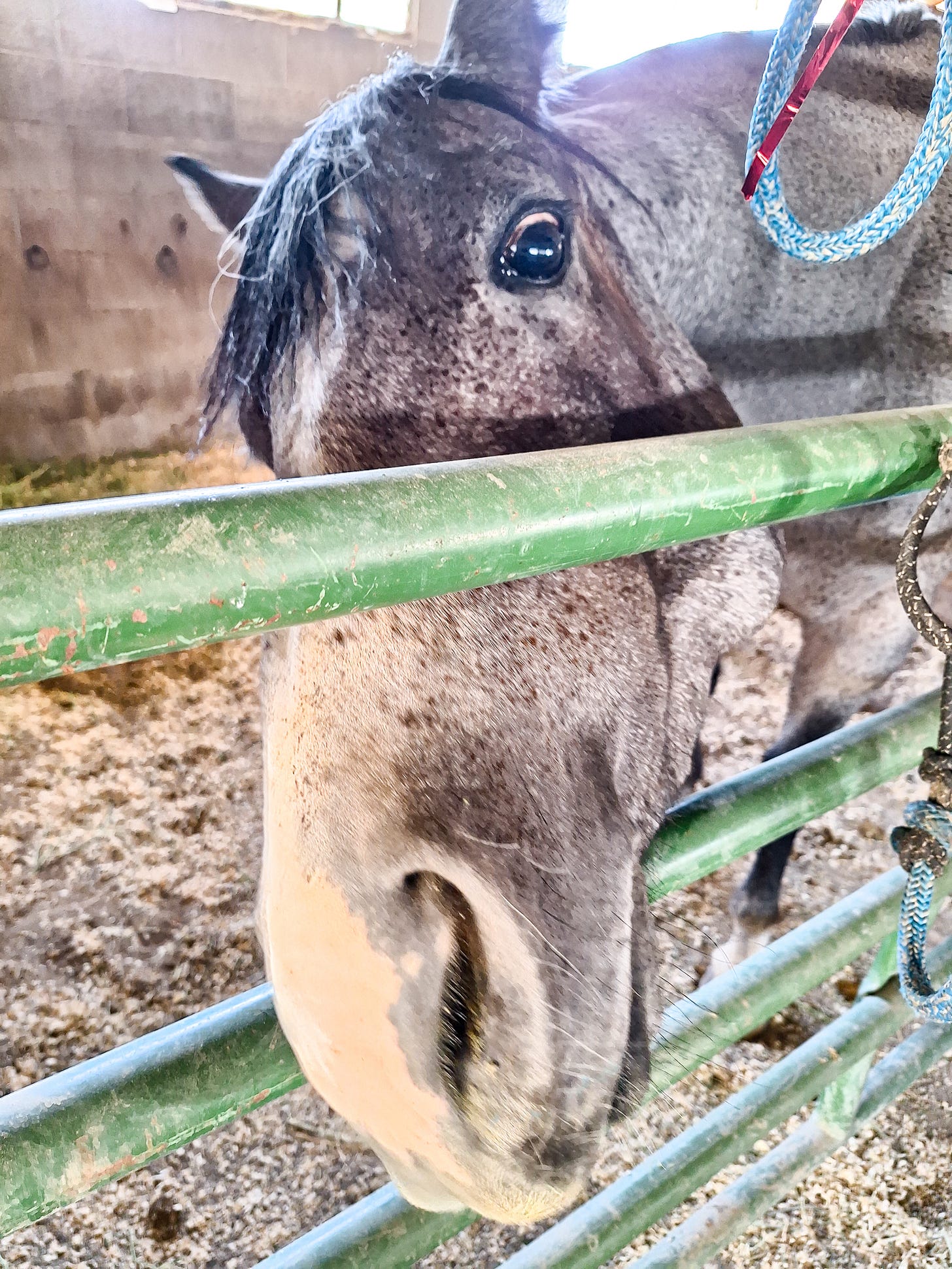
Introduction: The Cream of the Crop
“Will there be mustangs at the sale, Pete?”
“No, these will all be the best quarter horses only.”
Pete and Tammy explained to me, as we drove into Elko, that although wild mustangs are associated with America and the American West, specifically, they’re really not all that romantic and can actually be very problematic. Why, in some places in the country, they’re so protected that they roam freely into towns and people’s yards!
As we drove in, Pete was on the phone readying for his role of taking bids over the phone at the auction and Tammy, ever gracious, was answering any questions I had about the horse sale. I had no real idea what to expect. All I knew at this point was that there would be no wild mustangs and they’re sort of mangy-looking next to these quarter horses, anyway.
This area of the world is designated a mustang-free zone. Some of the family have been on helicopters helping round them up. They explained a lot to me about mustangs and the politics and bureaucracy surrounding both their control and preservation. It was a much more involved topic than I ever realized and, although my enchanted notions about the breed are now dispelled, good lessons were learned.1
I’ve been a witness to ranching life up here in northeastern Nevada for over twenty years now and yet am still aware there are lifetimes of information I don’t know. Attending my first horse sale made this very clear. It was humbling and exciting all at the same time.
Sitting with all the new ideas and questions, I began writing this post to not only share the day with you but to find answers.
For example, what exactly is a quarter horse? Is that the only type of horse they use at the ranch? And, if so, why?
As you will soon discover, this letter to you quickly took on a life of its own!
The Horses
From the Sale Program:
“The sale offers something for everyone, with approximately 84 horses ranging in age and ability from weanlings to bridle horses. Most of the horses come from several long-time established ranch horse breeding programs of the northern Great Basin, with the addition of several invited guest consignors whose horses meet the standard of quality buyers have come to expect from our sale…
This first paragraph had me wondering: What exactly is a weanling? And what are bridle horses? And what is a consignor? I had my own ideas about each of these but I didn’t really know.
And the questions just multiplied from there. I just love that.
The breeding programs represented include sires by proven classic and contemporary horses, with a predominance of Colonel Freckles and Peptoboonsmal breeding. Other sires of these programs are sons and grandsons of High Brow Cat, Hollywood Dun It, Bert, Smart Chic Olena, Smart Little Lena, Boonlight Dancer, Playgun, and others, with equally strong maternal lines…encompass[ing] a variety of the most prominent and successful classic and contemporary bloodlines.
Horses in the sale are ranch raised, and the majority of riding horses selling will have been used as working ranch horses, many with ‘town’ experience as well. Sellers follow the vaquero tradition of training, with young saddle horses being ridden in the snaffle bit, and older horses being in the hackamore, two-rein, or bridle depending on their age. Weanlings and yearlings will be broke to lead and load.”
What is ‘town’ experience? I’ve heard of snaffle bits and hackamores, but what are they really? What is two-rein? I’ve never heard that term before. And Vaquero tradition - what’s that? There were so many unfamiliar concepts in this introduction from the program and the day that I decided to take an introductory ride into these horse sale and ranching concepts and create a Horse Lexicon which I’ve added at the bottom of this letter and which I hope you find interesting and valuable. I used many different sources, especially Pete and Tammy.
Visiting the Stalls
Before the event started, Tammy took me around to the stalls to have a look at the horses in the auction. Some of the owners (consignors) were in there, as well as some of the men who helped train the horses. After Tammy introduced me to a few of her friends and fellow ranchers, she encouraged me to have a look around, take some pictures to my heart’s delight, and then meet up with her and Pete in the auction space/arena.
Here are a handful of the beauties I met. As I meandered, I realized I did not understand quarter horse coloring so have added that to the lexicon below. (I think the topic of horse colors and other horse identifiers will eventually be a post all its own.)


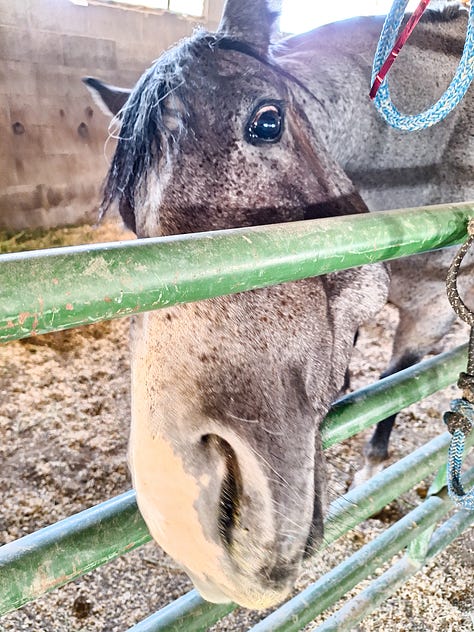
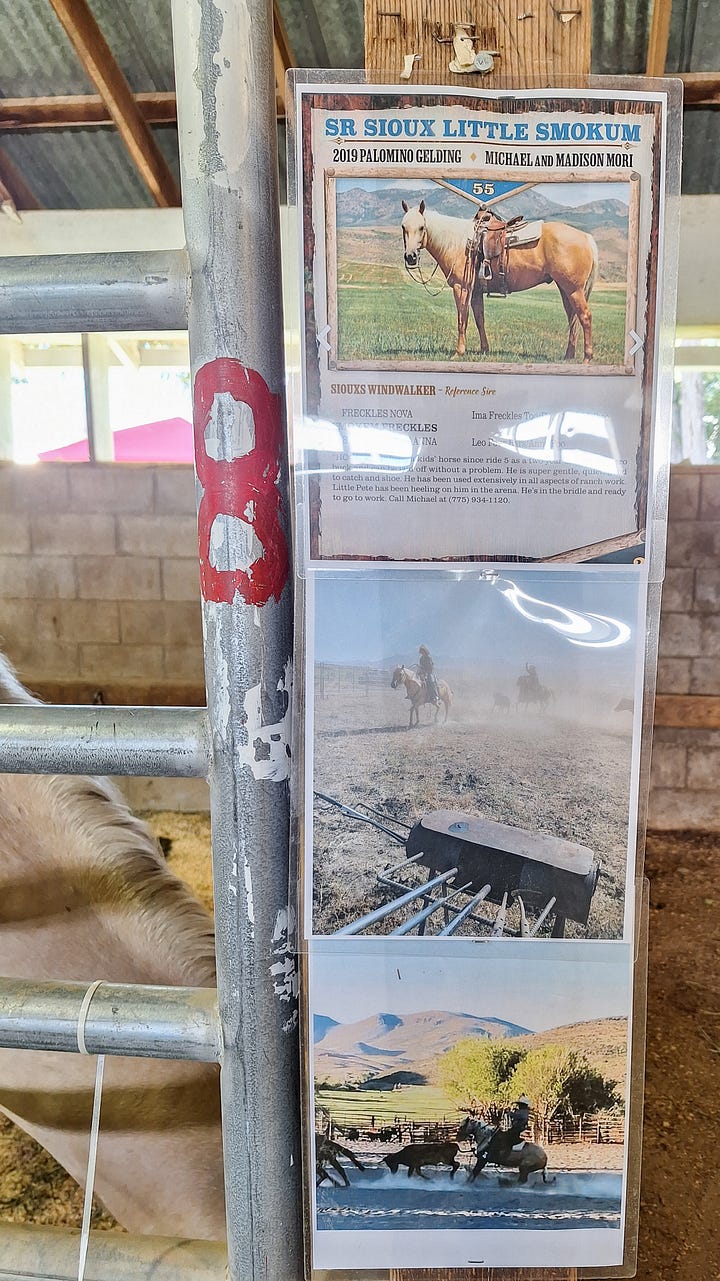
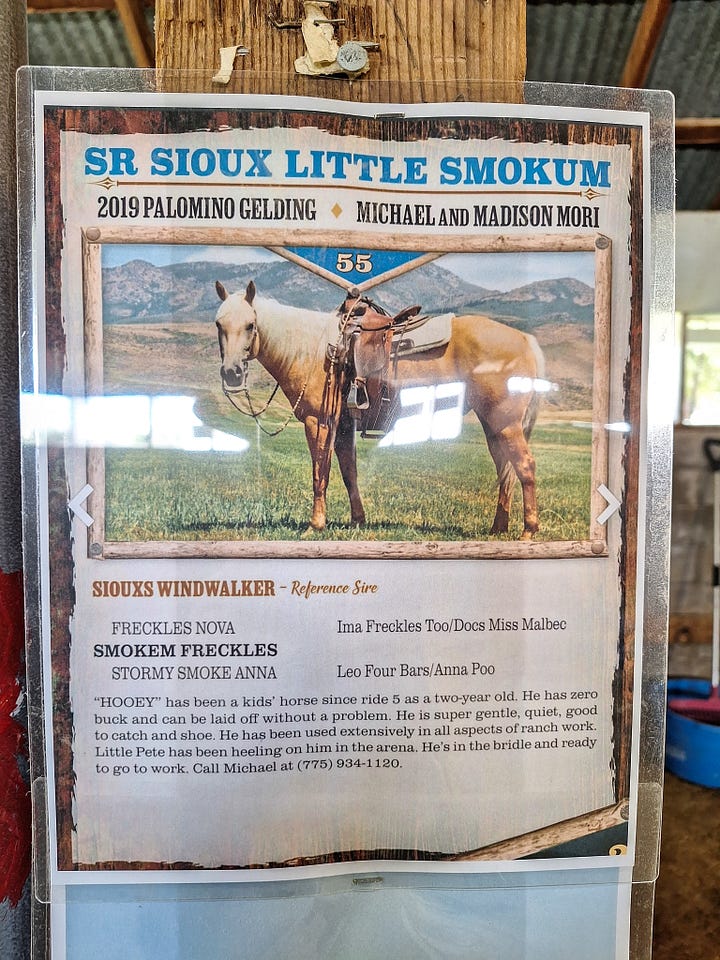
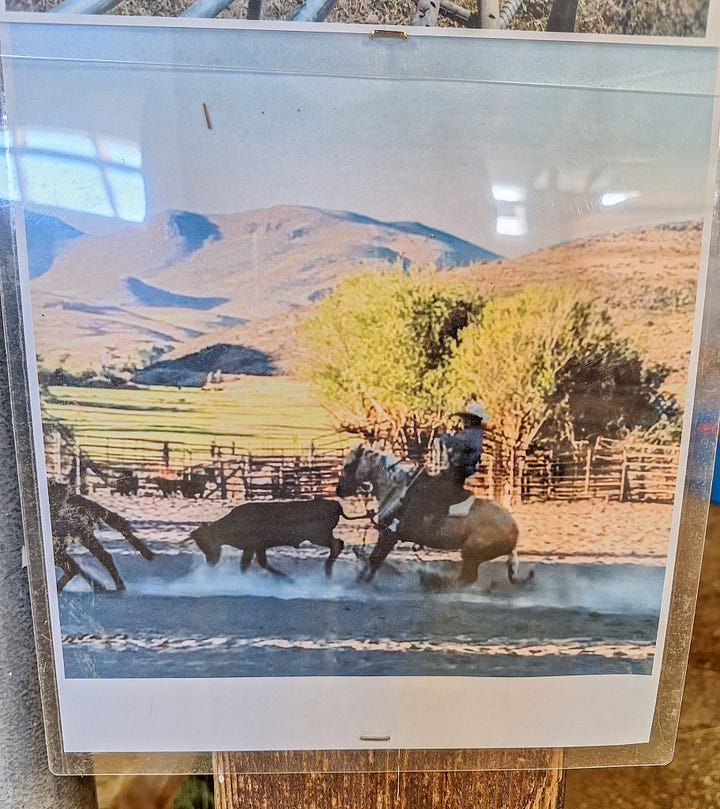

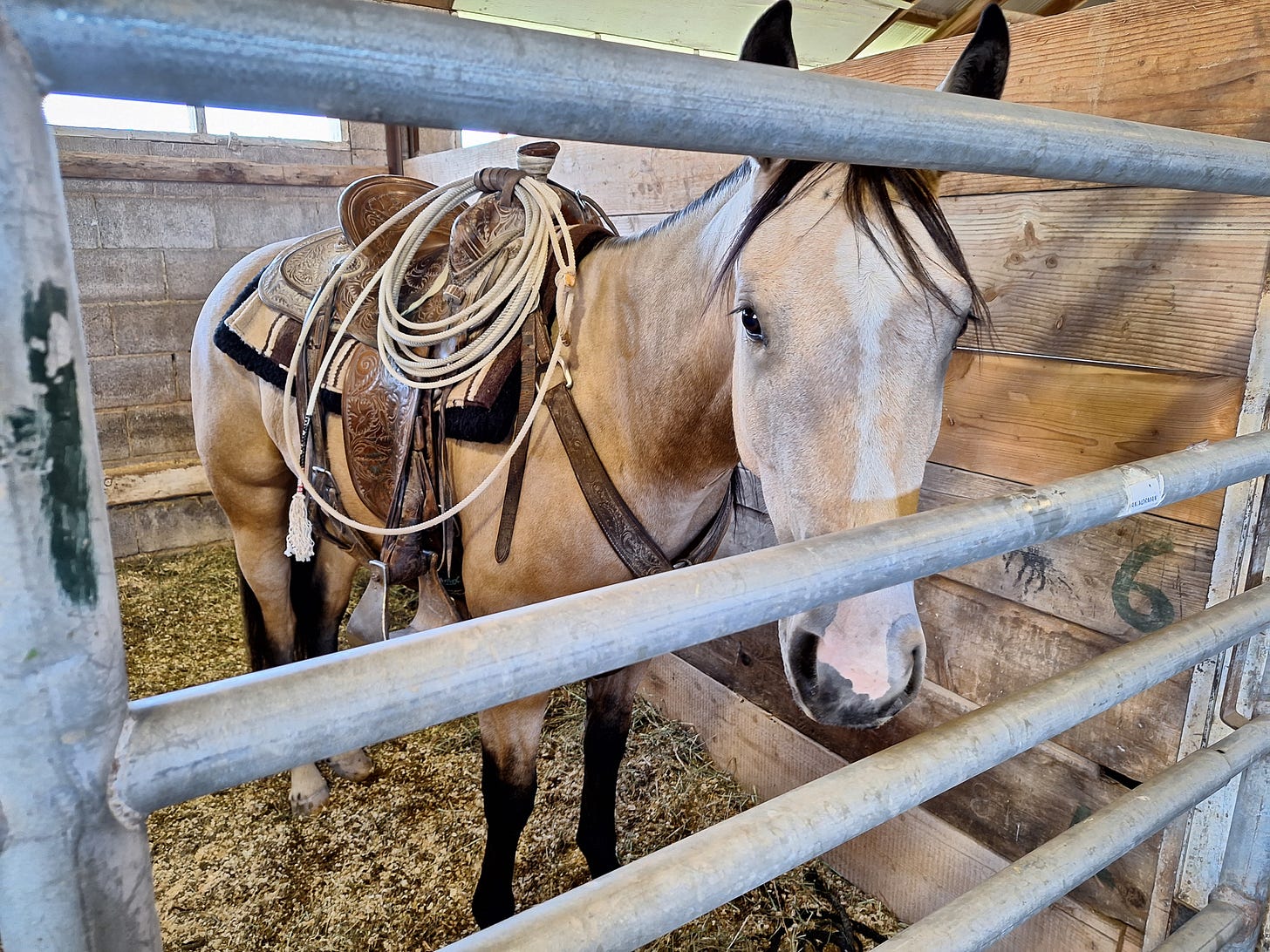
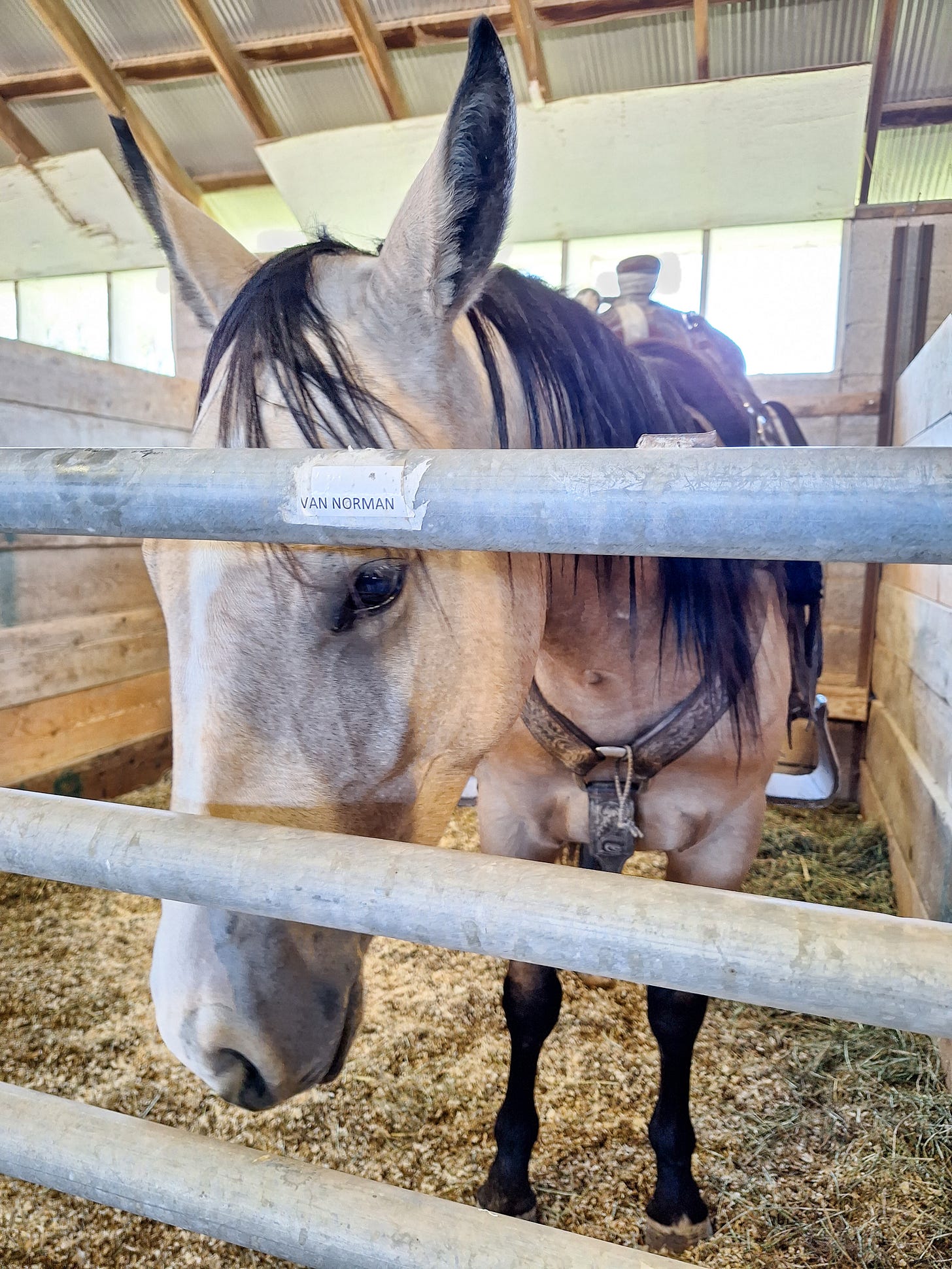
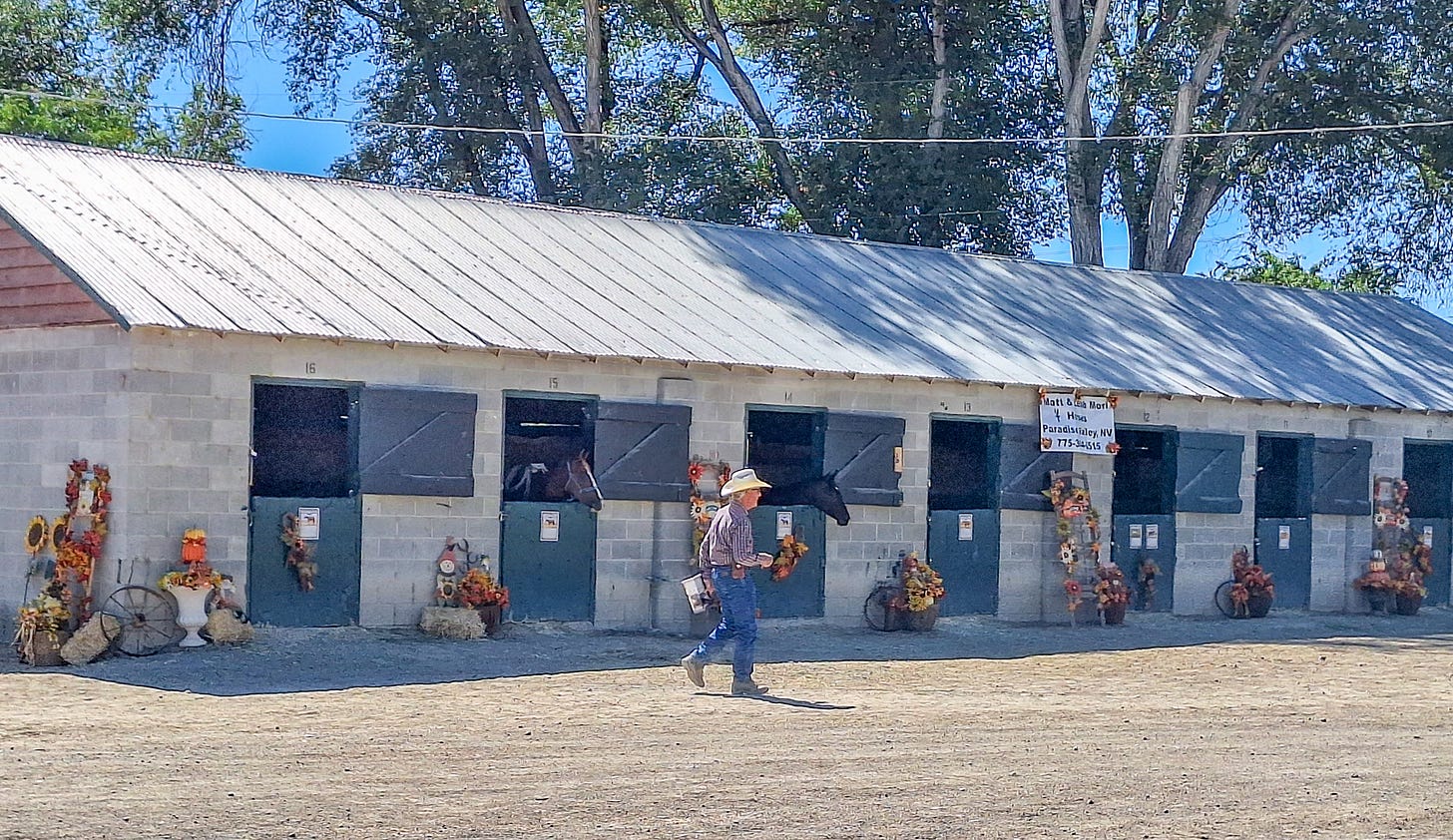
In short order, it was time to head into the sale.
The Auction Barn
The barn had stadium seating inside and out which surrounded a quite small arena where the horses were brought in and shown.
There was an elevated seating area just above the horse showing arena where the auctioneer, the pedigree man (Matt Mori, a relative of Pete’s and Tammy’s), and a bid taker sat. A young person (switched out about halfway through) stood below these three and took sale papers from the bid lady to the runners in the grandstand to have the buyers sign.
The place filled up quick.
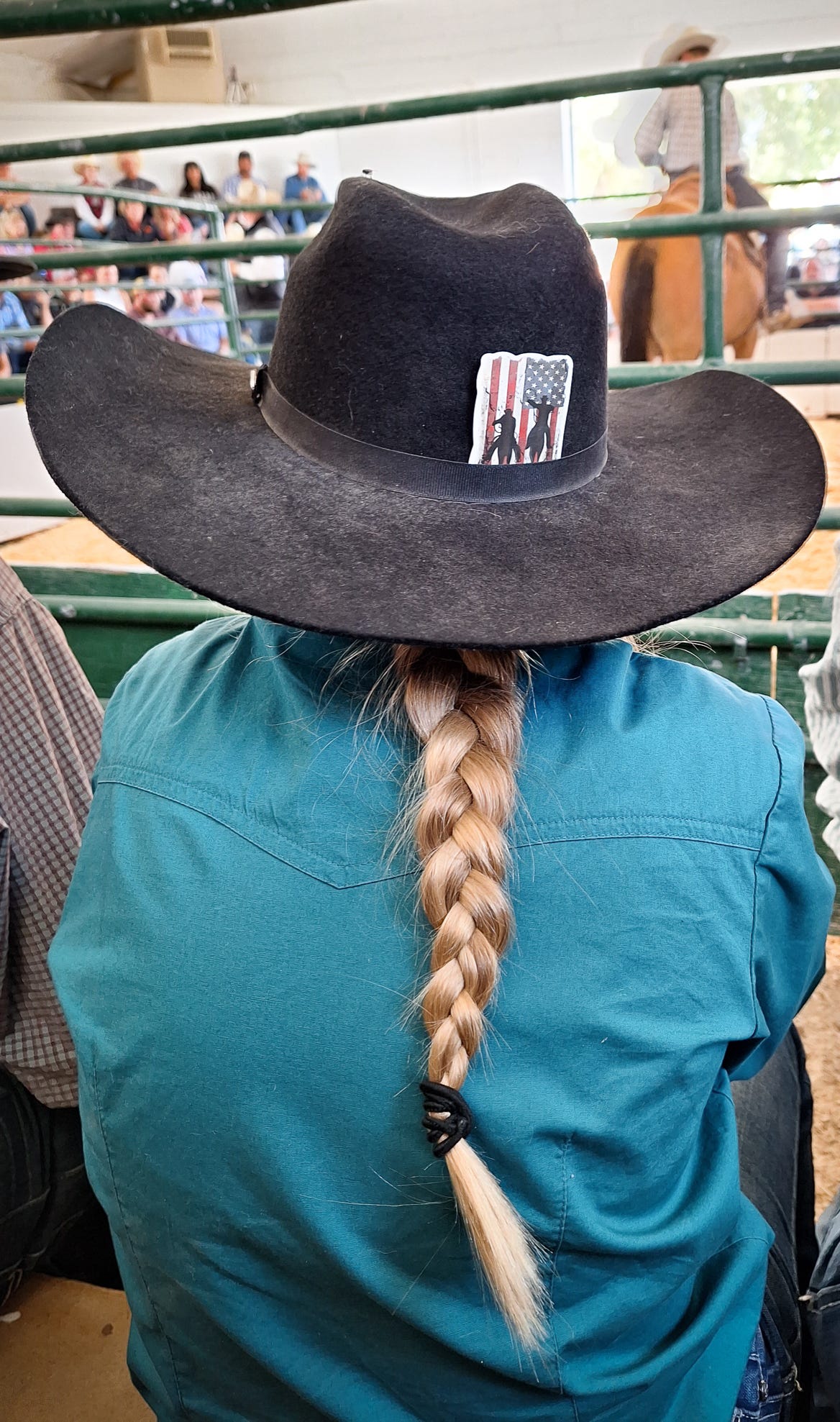
There were about 84 horses to auction off (some would be scratched and not sold after all) so bidding got started right away.
The Sale Personnel
The Auctioneer
Steve Friskup, the auctioneer, was a HOOT! He got us rollin’ and ratcheted up the pressure and excitement QUICK. As soon as he started the bidding process, I could feel my heartbeat speed up! The man is an entertainer for sure but he also had an eagle-eye for bids and watched the numbers with pin-point accuracy. He had precision, professionalism, and a performance acumen all rolled up into one. You could tell he’d been at this a long time.
The man intrigued me with his ability to make us laugh while also running the whole pretty serious production. So I looked him up.
In addition to being a horse auctioneer for decades, he’s also a cowboy church pastor. He led a hard life many years ago and was transformed by a run-in with God. His story’s just as inspiring as he is:
And here he is explaining the horse auction world-this was very informative for me:
Here’s the first horse of the day, a palomino colt from Van Norman Quarter Horses. Each auction lasted about 2 minutes or so. Man, when Steve got going, I was transfixed! This is a great intro video to Steve’s style and the whole atmosphere and especially the equine stars of the show.
This next one was so fun. Sometimes the riders bringing in the horses would let children ride the horses. I’m pretty sure this was done to show how gentle the horse is. Steve has a fun interaction with the little girl riding this one. Horse sold for $36,000!
Steve’s got that certain somethin’. There’s an orneriness mixed in with equal parts showmanship and professionalism. This one’s a case in point and also a great example of a horse with blood bay coloring:
The Pedigree Guy
As you just heard, about halfway through each horse auction, Steve Friskup would stop and have Matt Mori explain the pedigree of the horse, along with some of its history, talents, and other fine points. You can tell Matt raises horses himself and knows them inside and out:
The Bid Spotters
I loved the bid spotters! There were three of them, I think, spread out around the ring and they were spotting bids not only from the room but from the phone bids, too.
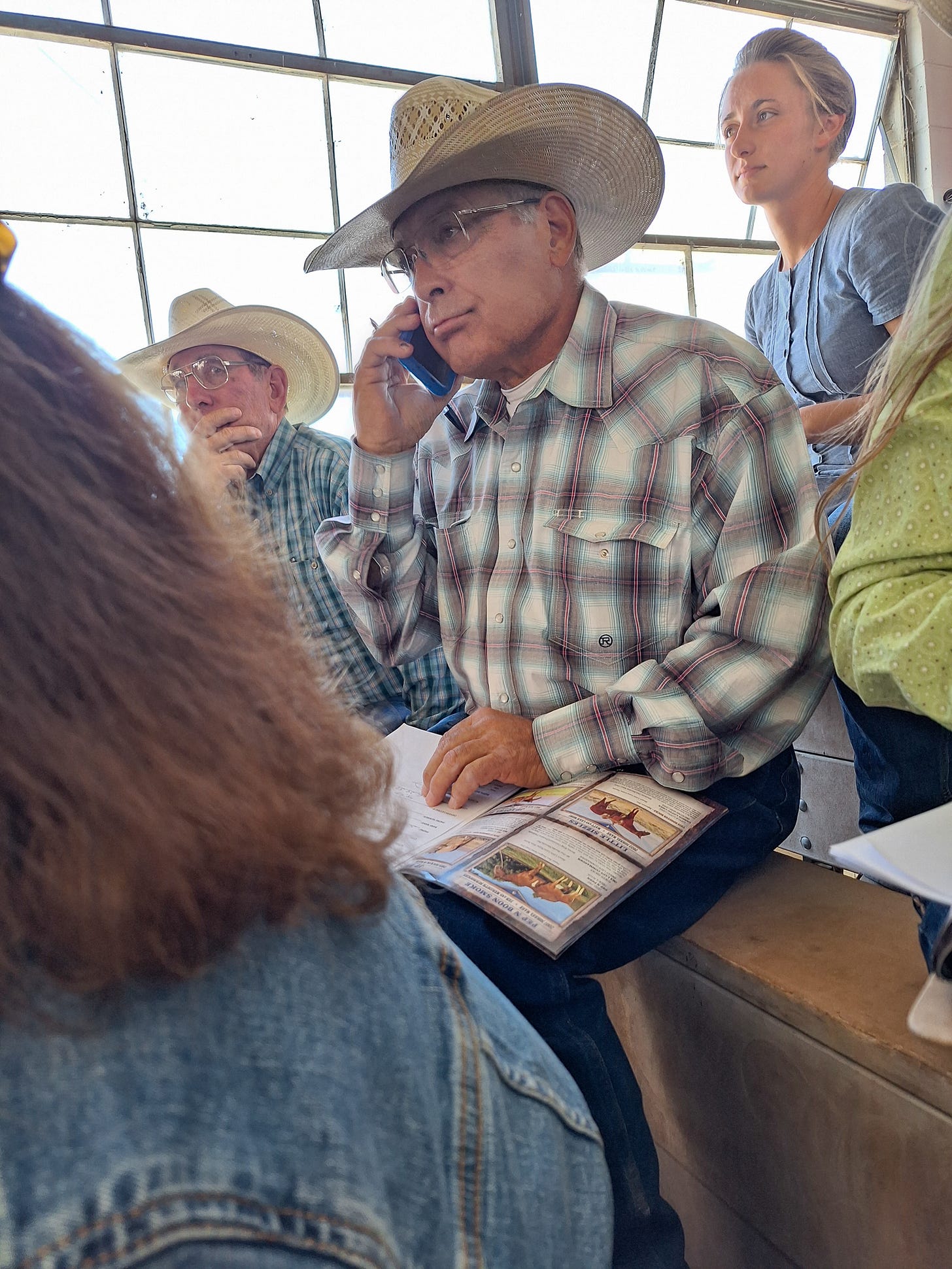
Wouldn’t you just love, when someone asked you what you did for a living, you replied that you flew around the country screaming out numbers for horses and trying to make ‘em bigger and bigger?
Here’s a case in point in the video below.
Their loud calls upped the excitement in the room and the auctioneer sure played off of that. There was nothing easy and relaxed about the pressure to buy in the room!
The horses, though, without exception, kept their cool.
This one showcases a gorgeous gray gelding ridden by one of the women owners/trainers. There’s also a “squallin’ panther” of a bid spotter call:
The Sellers
Here, Michael talks about Linda Bunch’s breeding program and the family to the following horse. It’s a super-informative talk, I love his descriptions, and you can really sense Michael’s expertise.
One of the original consignors to the horse sale is Mary Journigan below. She brought in all her horses herself. She raises and trains them in Lamoille, Nevada, south of Elko. I sat there watching her, wondering about all she knows about horses:
The high-selling horse of the day, Luke, was sold by consignors Taylor and Millie Wakley. Taylor takes the reins at the end here and, boy, does Luke respond to her. He was also listed as a “Reference Sire” having “three foal crops on the ground,” and has won 20K in rodeo tournaments. Luke sold for $70,000!
Hooey
In this next video we have the privilege of seeing Michael ride his and Madison’s horse, Hooey. By watching this, you immediately understand much about his and his kids’ training skills and you see an exciting auction sale, too. You can hear the bid spotters and watch ‘em dance. Hooey’s a great horse—”he is the right kind, boy, he is the right kind…watch that son of a gun snake around…I’m gonna sell that yellow booger…it’s a dang nice horse’—and the crowd knows it.
My Favorite Horse
She was Number 84, the last horse of the day. Tammy introduced me to the man who showed and started her, Asher Freeman, a gentle soul, just like the buckskin filly. In the program, he describes her:
She watches a cow, has some speed, is smooth riding, athletic and kind! She wants to be included in everything! Granddaughter of the good horse Wranglers Starlight that was such a performer in reined cowhorse and has proven himself a producer of athletic, nice moving, good minded horses.
“Good minded.” I wouldn’t mind being called good minded myself! Here’s her auction:
She’s sooooo beautiful…
Conclusion
What a great first horse auction. At the end of the day, I told Tammy I want to come back every year. It’s a fascinating look at a culture few of us are privy to. And, yet, like Steve Friskup says, these horses are what help the rest of us have beef on the table. I said to Tammy and Pete, “I imagine it doesn’t take long for these horses to pay for themselves.” They nodded. They’re just crucial. There’s no ranching life without horses, and they have to be good as you can tell. The fact that they are all absolutely gorgeous, too, must just be a bonus from God.
And horse sales can be a great supplement to income for ranchers, as can registered bull raising, and—sometimes—rodeoing.
I really appreciate learning about this facet of ranching. It is amazing to see up close how hard ranchers work and what good people they are and some of what it takes to live the life they live. The culture is fascinating and the landscape—their “office”—is rugged, challenging, and breathtaking. And the people? Well, I’ve just never met better.
Meet you back here in Elko, Nevada next year?
Horse Lexicon
American Quarter Horse—The American Quarter Horse (its name stems from the ability to outrun other breeds in races of 1/4 mile) is the world’s most common horse breed. “The breed originated [in the United States] about the 1660’s as a cross between native horses of Spanish origin used by the earliest colonists and English horses imported to Virginia from about 1610. The breed’s inherent quickness and agility made it ideally suited to the tasks of the developing frontier. Its good-natured disposition and natural cow-sense made the American Quarter Horse a favourite mount among cowboys during the open-range era of the West.”2
breakaway roping—A timed calf roping competition, rather than a scored event, for open, amateur and youth contestants. In breakaway roping, the rope is attached to the saddle horn with a heavy string allowing it to break when a legal catch is made.
bridle—A harness, consisting of a headstall, bit, and reins, fitted about a horse's head and used to restrain or guide the animal

bridle horse—A bridle horse is a highly trained horse that excels in ranch work, stock work, and range riding. It is characterized by its exceptional responsiveness, agility, and willingness to perform complex maneuvers without the need for excessive rein pressure. Bridle horses are typically trained using the Vaquero method, which emphasizes gentle, patient, and subtle communication with the horse. Bridle horses are bred for a specific temperament, which prioritizes intelligence, courage, and a willingness to please.Their training process typically spans multiple years, with a focus on developing a strong partnership between horse and rider.
buckskin3—[MILD GENETICS PRIMER INCOMING!] This beautiful shade consists of a tan or gold colored body with usually a black mane, tail, and lower legs.
This color is the result of a cream dilution gene on a bay horse. Breeding a cremello with a bay, a palomino with a bay, and a buckskin with any color will yield a buckskin shading.
Buckskin horses should not be confused with the dun shading. Buckskin is caused by a single cream dilution gene on a bay base coat whereas the dun dilution gene, can affect all base colors and can add primitive markings.
chestnut4—Chestnuts are one of the three “base” colors—chestnut, bay, black—from which all horse coat colors and patterns stem. Unlike bay and black horses, chestnuts don’t carry the allele known as the “black factor” and instead carry two copies of the “red factor” allele. This can get pretty heady into genetics real quick. Instead, let’s just describe a few chestnut shadings here:
-red chestnut—see “sorrel”. (Pete says red chestnut’s a little darker than sorrel.)
-liver chestnut—darker than the other shades of chestnut. Sometimes, their coats are so dark that they are even mistaken for bays, but the key distinguishing feature is that manes and tails share the same shade of brown as the rest of their bodies, instead of black.
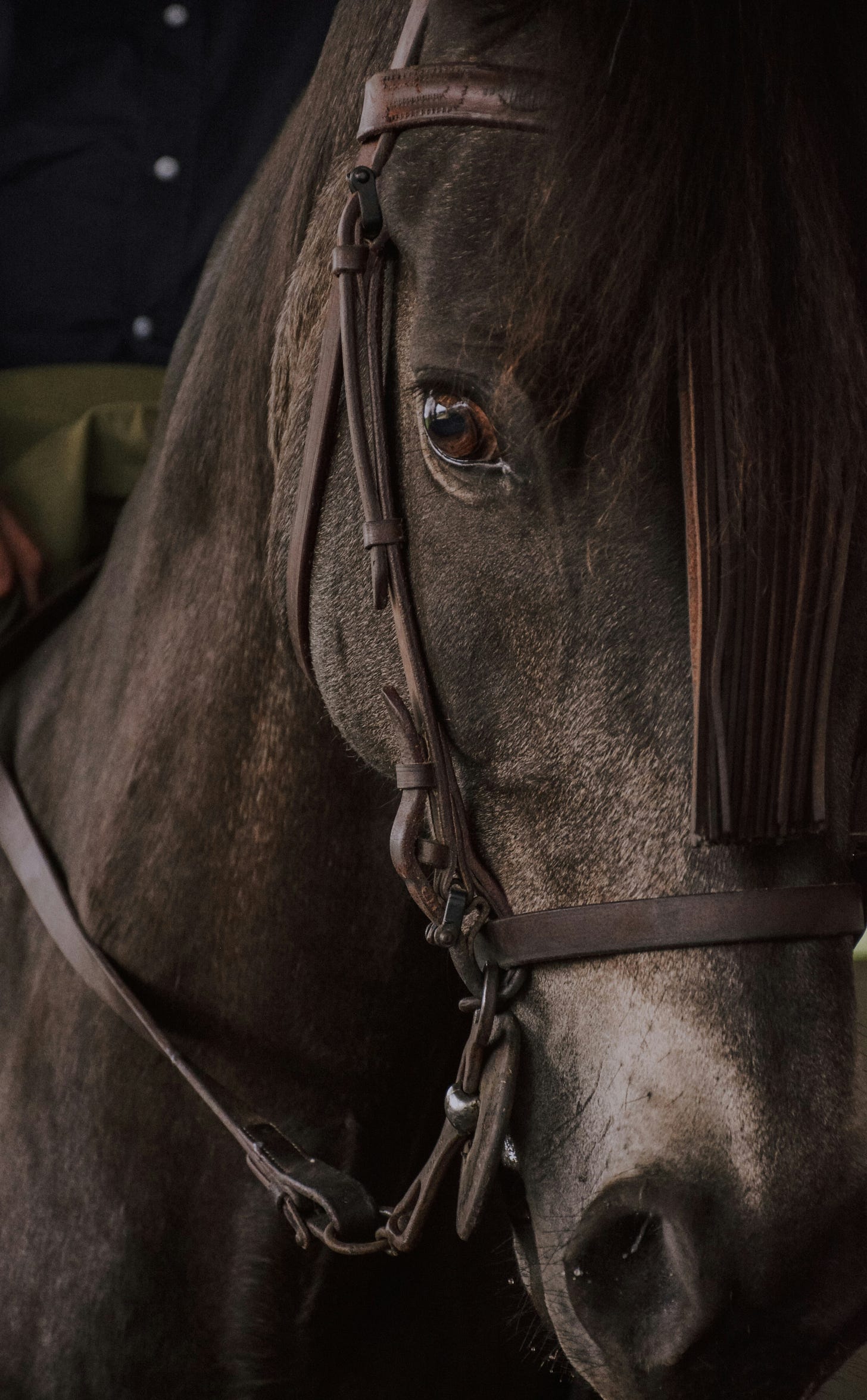
-sandy chestnut—lighter than red chestnuts; these horses are sometimes light enough to be mistaken for palominos. Sandy chestnut is more of a strawberry blonde than the more golden blonde of a palomino coat.
(There’s also a flaxen chestnut but they’re genetically a bit different.)
colt—A colt is a young male horse, typically under the age of four years old. The term “colt” specifically refers to an uncastrated (intact) male horse (or pony, donkey, or mule). Its female counterpart is a filly (young female horse). Colts are known for their energetic and spirited nature, much like children. They are playful, curious, and full of life. Colts become stallions or studs as they mature. Before becoming stallions, colts spend their early years learning and developing their horse skills.
consignor—a consignor in a horse sale is an individual or entity that acts as a sales agent for a horse owner, responsible for marketing, preparing, and presenting the horse for sale at an auction or private sale. (Sometimes the consignor and owner are one and the same.) The consignor’s primary goal is to maximize the price the horse brings at sale. Key responsibilities include:
Marketing: Advertise the consigned horse to attract potential buyers.
Preparation: Ensure the horse is physically prepared for sale, including veterinary care, grooming, and training.
Presentation: Showcase the horse at the auction or private sale, often with a sales agent or representative.
Negotiation: Facilitate negotiations between the buyer and seller, ensuring a smooth transaction.
covered by a stallion—a term that means a mare was bred by a stallion
dam—the mother of a foal
filly—a filly is a female horse that is four years old or younger and has yet to foal. In general, a filly is distinguished from a mare, which is a female horse that has reached adulthood and is typically four years old or older. A filly’s male counterpart is a colt.
foal—a young horse of either gender not yet one year of age; a young horse especially under the age of one, or still nursing a mare. Either colt or filly. “Within two hours after it is born, a foal will learn the instinctive skills it needs as a prey animal: to be able to flee. It is important that a newborn foal finds a positive contact with people within these two hours after birth, to make sure these positive impressions are forever printed in its memory.”5
gelding6—a castrated male horse. Geldings exhibit notable changes in physical appearance and behavior due to the removal of testosterone-producing testicles. This surgical alteration not only determines their role within the equine community, but makes them more manageable, less aggressive, and ideal for various equestrian activities because of their calm demeanor and cooperative nature. Due to their calm demeanor, geldings are well-suited for riders of all experience levels. Geldings generally require less management than stallions. The absence of strong hormonal urges means they can be kept in mixed herds without issues, reducing the need for separate paddocks and facilities. This not only simplifies the logistics of horse care but also contributes to the animal's social well-being.
hackamore—(Also called a bosal). A hackamore is a type of bitless bridle that applies pressure to the horse’s nose, poll, and chin groove to direct and control the horse. Unlike traditional bridles with a bit, a hackamore does not exert pressure on the horse’s mouth. Instead, it uses leverage and pressure points on the face to communicate the rider’s cues.
Hackamores typically consist of:
A noseband made of leather or rope, which applies pressure to the horse’s nose.
A headstall that goes over the horse’s head and attaches to the noseband.
Metal shanks or cheeks, which add leverage and pressure to the noseband.
A curb chain or strap behind the jaw, which can apply additional pressure.
halter—Headgear for a horse used for leading, tying, and gentle guidance. A halter typically consists of three main parts:
Ear pieces: Straps that go behind the horse’s ears, providing a secure fit.
Noseband: A strap that goes under the horse’s jaw, helping to distribute the pressure evenly.
Cheek pieces: Straps that circle around the horse’s snout, connecting the ear pieces and noseband.
Halters are designed to apply gentle pressure on the horse’s nose and poll (the area just above the ears) to guide and communicate with the animal. They are not intended for riding, as they do not have a bit (which goes in the horse’s mouth) like a bridle. Instead, halters are used for:
Leading horses, as they respond to gentle pressure on the nose and poll.
Tying horses up, as the halter can be secured to a fixed object without causing discomfort or harm to the horse.
Gentle guidance and training, as the halter allows for subtle communication and correction.
lead and load—As in: “weanlings and yearlings will be broke to lead and load.” Pete explained that this means “the horse will be halter broke [as above], and can be loaded in a trailer. This means that the buyer can lead the new horse to a trailer and load him for the trip home.”
mare—A mare is an adult female horse or other equine, typically over the age of three. In most cases, a mare is a female horse that has reached physical maturity and is capable of reproduction. Mares are bred to stallions to produce foals
palomino—a color breed of horse characterized by its distinctive golden coat and white or silver mane and tail. The color does not breed true, meaning that the offspring of two palominos may not always inherit the color. To be registered as a palomino, a horse must meet specific criteria:
Coat color: The ideal body coat color is approximately the color of a United States gold coin, ranging from a light cream to a deep gold.
Mane and tail: The mane and tail must be a minimum of 85% white, with no more than 15% black, sorrel, chestnut, or off-colored hair. Chemical alterations to the mane and tail are not permitted.
Parentage: Horses must have at least one registered parent from a light breed, such as a Quarter Horse, Arabian, or Paint Horse.
Saddle-horse type: Palominos must exhibit a saddle-horse type conformation, with a specific body type and athletic ability.
The Palomino breed has a rich history, tracing its origins to ancient civilizations, including the Golden Horde of Genghis Khan.
poll—area above the horses ears
reined cow horse—a reined cow horse is a horse that has been trained to excel in both reining and cow work, two distinct aspects of Western riding competitions. This discipline originated in the vaquero tradition of early Spanish and Mexican horsemen, who managed vast California ranches during the 18th and 19th centuries.
Reining: In the reining phase, the horse is judged on its ability to perform precise maneuvers, such as spins, sliding stops, circles, lead changes, and rollbacks, while being guided on a loose rein. The horse should demonstrate willingness, responsiveness, and elegance, with minimal resistance or deviation from the pattern.
Cow Work: In the cow work phase, the horse and rider are tested on their ability to work cattle, specifically sorting out a single animal from a herd and preventing it from returning to the group. The horse should exhibit exceptional courage, control, and finesse while handling the cow, with a focus on maintaining proper position and working the cow for the majority of the time limit. They should demonstrate exceptional responsiveness to the rider’s cues, exhibit a strong work ethic and willingness to engage with cattle, and possess a high degree of athleticism, agility, and endurance
roan—A roan horse has a unique coat color pattern featuring intermixed white and colored hairs. This distinctive pattern creates a speckled or mottled appearance, giving roan horses a striking and eye-catching look. The degree of roaning can vary, ranging from a few scattered white hairs to nearly equal proportions of white and colored hairs. The true roan color occurs at birth, although it may not be obvious until the foal coat is shed. The horse’s underlying coat color, such as sorrel, chestnut, bay, or black, can combine with the roan gene to produce different shades, including:
Red roan (sorrel or chestnut base)
Bay roan (bay base)
Blue roan (black base)
sire—the father of a foal
snaffle bits7—direct reining devices which lay across the horse's tongue through which the horse is directly guided, or "direct reined", as opposed to a leverage bit which is not directly connected to the mouthpiece. Snaffle bits are used primarily for lateral control of the horse. The snaffle is best handled when "direct reined." This means one rein is held in each hand. The objective is to maintain just enough pressure to keep the bit lightly pressed against the horse's tongue; it should be comfortable to the horse.
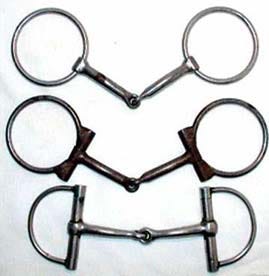
Snaffle Bits by ExtensionHorses.org on flickr 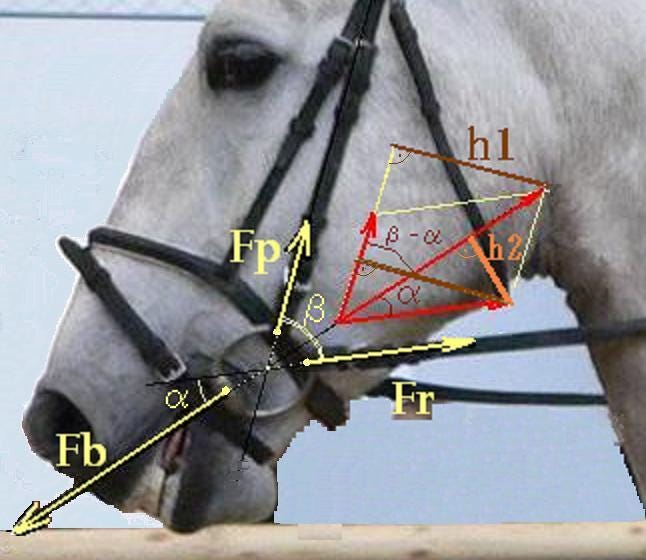
Forces Exerted by the Snaffle Ring by BS Thurner Hof and modified by user HorsemansWiki, CC BY-SA 3.0 < The mathy, sciencey, physics-ey part of me really liked this photo! The drawing demonstrates the forces exerted on the ring of the snaffle (its own weight is neglected), where Fr is the force of the rein, Fb is the force of the bit, and Fp is the force of the poll sorrel— horses which are “classic red heads” with mane, tail, and coat matching in a shiny, bright red color. Also, called red chestnuts8 (but Pete just told me the other day that red chestnuts are a bit darker than sorrels—his horse Louis is a sorrel. So now I’m wondering about the difference between a red chestnut and a liver chestnut…)
spade bit—
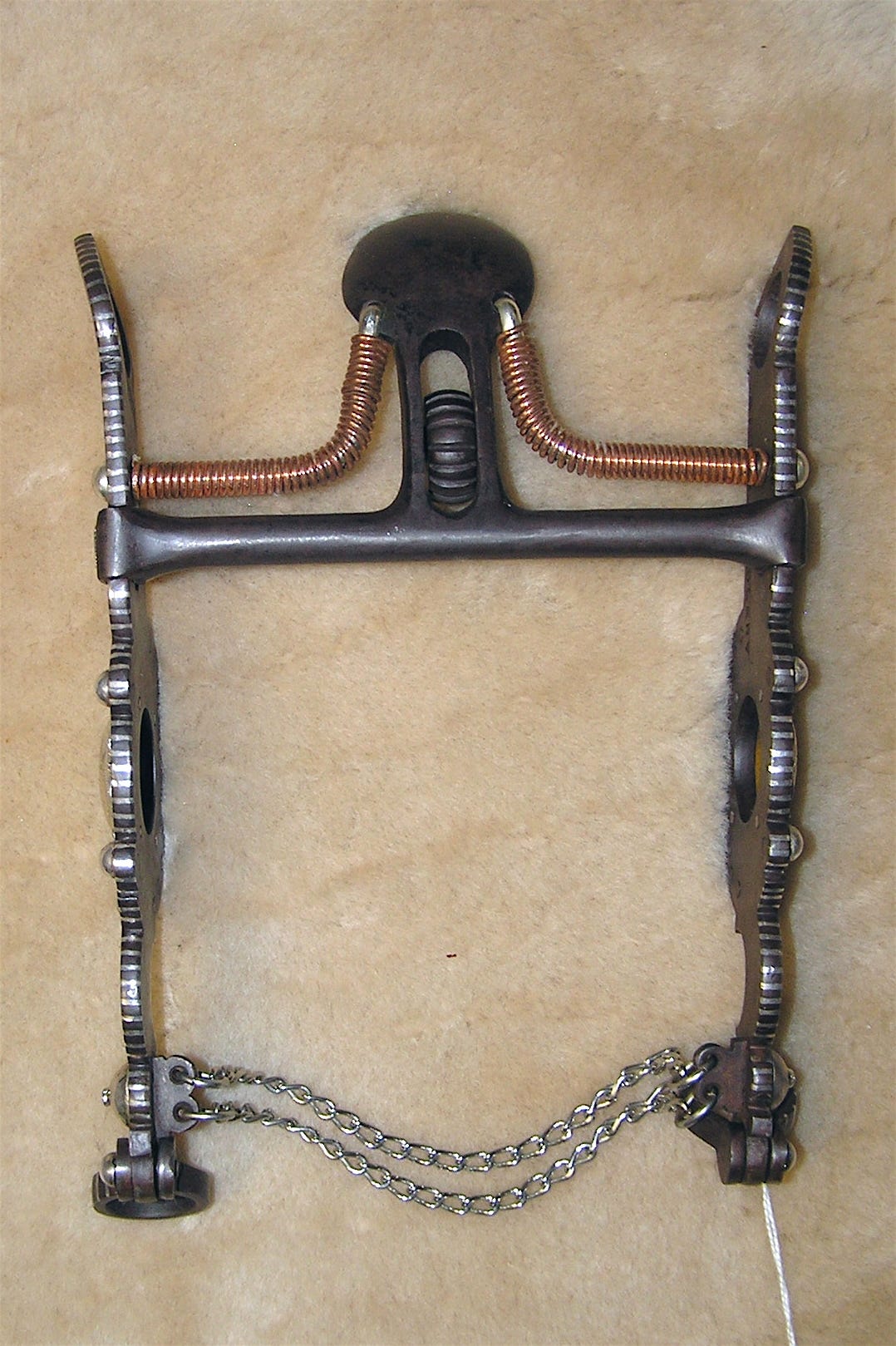
Spade Bit. Photo by Montanabw, CC BY-SA 3.0 via Wikimedia Commons Information accompanying photo: A classic style full spade bit. Image taken with staff permission at Three Forks Saddlery, Three Forks, MT. The full spade is to be used only on a finished horse trained in the classic vaquero tradition, a process that takes, at a minimum, until a horse is at least 7 or 8 years old, often longer. “For those who follow the West Coast vaquero tradition of training horses, the spade bit represents the crowning achievement of a finished bridle horse, one that knows how to pack his head, neck-rein and respond to the slightest of cues. The spade is often referred to as a signal bit because its tall port, roller, braces and multiple joints send messages to the horse and give the horse time to respond before pressure is applied…[T]he roller helps encourage the horse to salivate and keep his mouth supple. And considering the mouthpiece design, with a bar, braces and spade, the many points of contact lessen the pressure of any one part, making it less likely to inflict pain than many bits with a simpler design…Riding in this bit means that you have not taken any shortcuts and you have developed a horse with all the time it takes to carry this sophisticated piece of equipment. It demonstrates that you have created something of great value—a true bridle horse.” [Caveat-It takes time…years, to produce a spade bit horse. One to one and a half years, just to get straight up in the reins. The horse has to be “hung” in the bit for months before he is taken out (with no reins attached) just to get used to it.]9
town experience—As in: “Horses in the sale are ranch raised, and the majority of riding horses selling will have been used as working ranch horses, many with ‘town’ experience as well.” Pete explained that town experience means that they have been to competition events and have been exposed to diverse environments.
two year old10—A two-year-old horse is a young, developing equine that requires careful handling and gentle training. While some trainers and owners may choose to start gentle training at this age, others may prefer to wait until the horse is three years old. It’s essential to prioritize the horse’s physical and mental well-being, as well as their overall development, when deciding how to approach training and riding. At this stage, they are still developing physically and mentally.
Physical Development: Two-year-olds are typically still growing, with their joints and bones maturing. Their body proportions may not be fully established, and they may still be adjusting to their adult size and shape.
Mental Maturity: While they may appear mature, two-year-olds are still developing their mental capabilities. They may not have fully developed their problem-solving skills, and their attention span may be limited.
Training: Many trainers and experts recommend delaying formal riding or driving training until the horse is at least three years old. This allows for continued physical growth and mental maturation. However, some trainers may start introducing groundwork, such as basic handling, desensitization, and socialization, to help the horse develop good habits and a strong foundation.
Riding: Some trainers may start introducing riding or driving at this age, but it’s generally recommended to wait until the horse is more mature, around four or five years old. This reduces the risk of overwork and injury to the still-developing joints.
two rein—“The ‘two rein’ process is a practice developed to bridge the gap from hackamore to bridle bit. Great Basin buckaroos as well as traditional old school California horsemen keep the practice alive. They have found, through trial and error, that it is the most efficient, thorough method for moving up the training ladder. The practice incorporates the use of a small underbridle bosal [hackamore bit] with an equally small hair mecate (pronounced “McCarty”) worn and used simultaneously with a bridle…The idea is simple and logical. In the first stages of the ‘two rein’ process, the horseman uses the mecate to ask and direct the horse in his various maneuvers. The bit merely rests in the horses mouth while he learns the feel of it, to pick it up and carry it, slowly finding comfort in it. Over time, the horseman will gradually ask for the same maneuver with the reins of the bridle while concurrently supporting the message with the more familiar mecate and bosal. As the process progresses, the horse will begin to associate the maneuver with both signals and then finally will need only one, the bridle.” The two rein method is likened to an English-speaking person learning a new language—at first words are paired together in both English and the new language and repeated frequently together, then gradually the English word is dropped as the person becomes more familiar with the new word and is able to use the word without the prompt. It takes time, patience, and much practice. “The ‘two rein’ process of transforming the hackamore horse into a finished bridle horse is no different.”11
vaquero tradition of training—a many-year process that utilizes three bit/bridle types. Trainers start with a hackamore, work up to a two-rein bridle, then finish the horse in a spade bit.
weanling—a young horse under 1 year of age that has been removed or weaned from its mother (dam)
weanlings and yearlings12 - a quarter horse is a weanling during the calendar year in which it foaled (born) and a yearling during the first calendar year following its foaling date, regardless of the time of year foaled. So, if a foal was born on the 15th of October, it would be considered a weanling until the 1st of January when it would then be designated a yearling.
yearling13— a horse of either sex between one and two years old. A short yearling is a yearling horse that is just turned a year old. A long yearling is a horse that is closer to two than one year old. Note: registered horses change age with new calendar year, not on their birthdate. For example, a foal born in March and a foal born in August will be considered the same “age” in January when they are called yearlings.
There are more questions still. Isn’t that always what happens? You ask something, and once you have your answer, five questions come and take its place! Fortunately, for the last almost-twenty-five years, my friends up at the ranch have been unfailingly gracious and patient with my questions. Thank you, Pete and Tammy, for letting me tag along to the horse sale and for answering my myriad questions that day and since! I deeply respect and hold a great admiration for you and the ranching life.
Learning about horses will be a lifelong endeavor, but a deeply joyous one.
P. S. Okay, I can’t resist—I love this scene from Sleepless in Seattle. (If you know this movie, you know.)
My friend, Kimberly, asked about the mustangs before I left for the sale and inspired the chat with Pete and Tammy who then helped me understand and accept an aspect of the American West with greater honesty.
https://www.britannica.com/animal/American-Quarter-Horse
https://www.cowgirlmagazine.com/buckskin-horses-beauty/
https://www.straightnesstraining.com/the-horse/young-horse/the-foal-one-year-old-and-two-year-old/
https://equineinstitute.org/new-blog/what-is-a-gelding-horse-understanding-their-role-and-benefit
KBR Horse Training Information at http://www.kbrhorse.net/tra/bits01.html
https://www.equivont.com/blog/understanding-equine-coat-colors-chestnuts
https://westernhorseman.com/horsemanship/tack-and-gear/bit-basics-the-spade-bit/
https://search.brave.com/search?q=what+is+a+two+year+old+horse&source=web&summary=1&summary_og=08cbeeed4917554c282761
The two rein method information was retrieved from the article “The Mystery of the ‘Two Rein’: The Philosophy Behind the Practice” by Gwynn Turnbull Weaver, printed in elvaquero.com. Permission obtained from the author to use elements from the article in the Horse Lexicon. It is highly recommended that you read Gwynn’s article. Her writing is not only informative, but beautiful.
https://equimed.com/news/general/aqha-rules-for-determining-age-of-a-horse
https://www.flashcardmachine.com/horse-terminology.html
(If no reference given, information is derived from brave.com AI results)

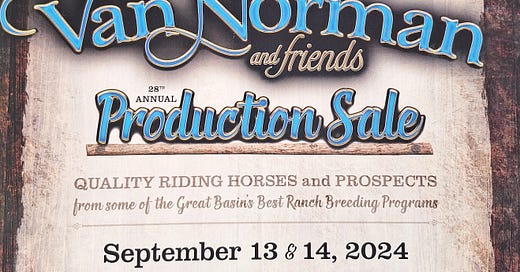


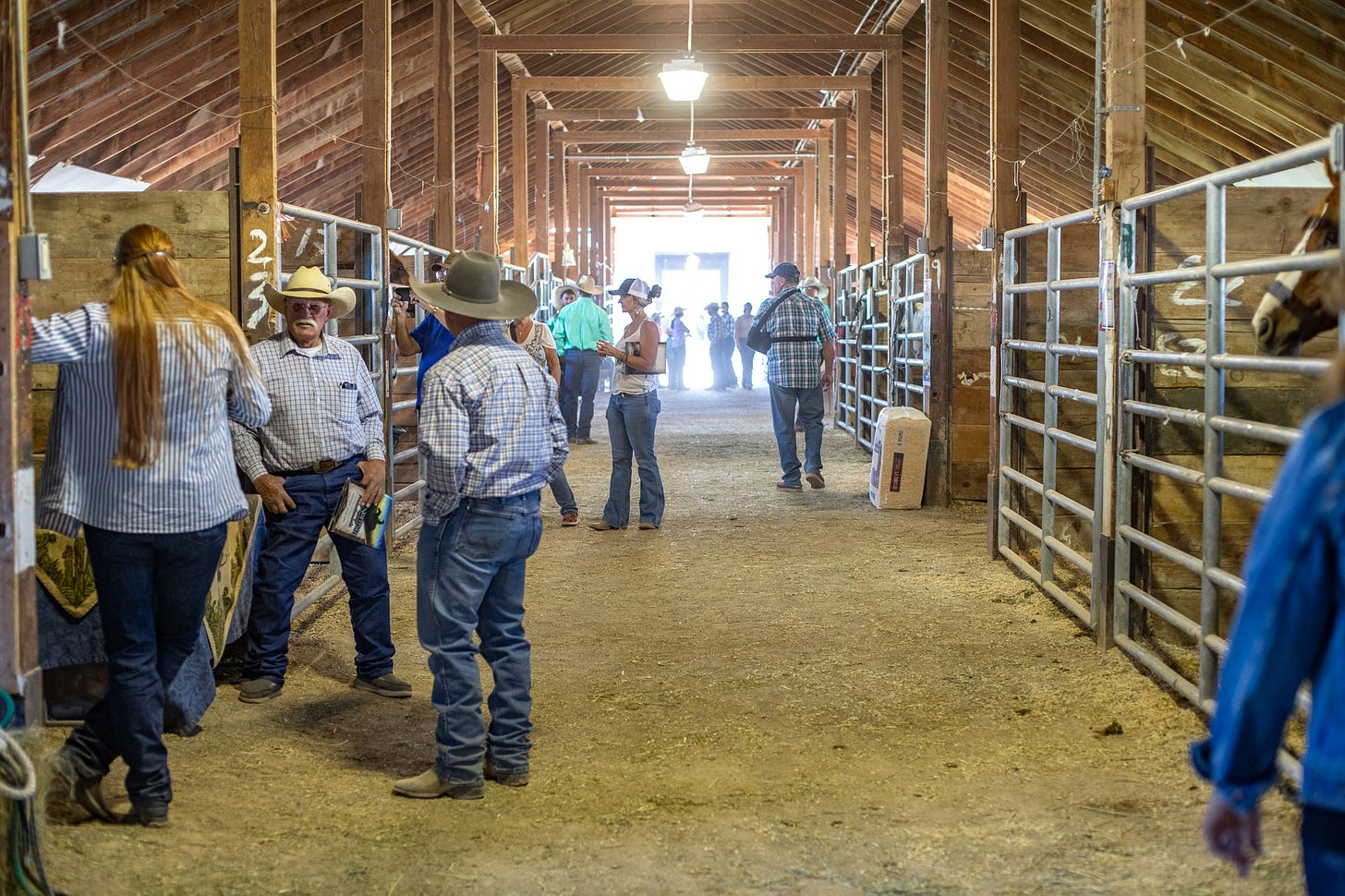
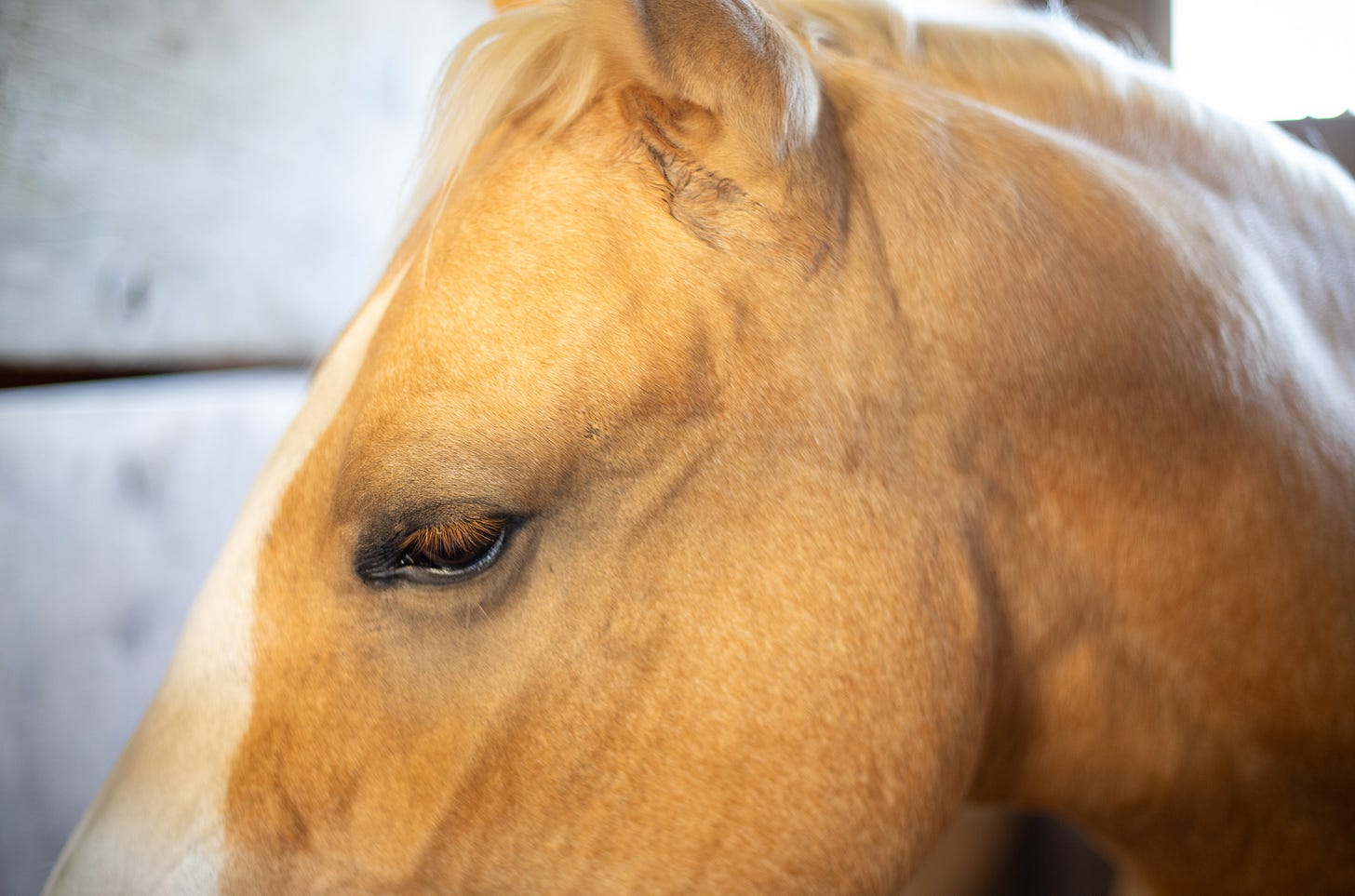
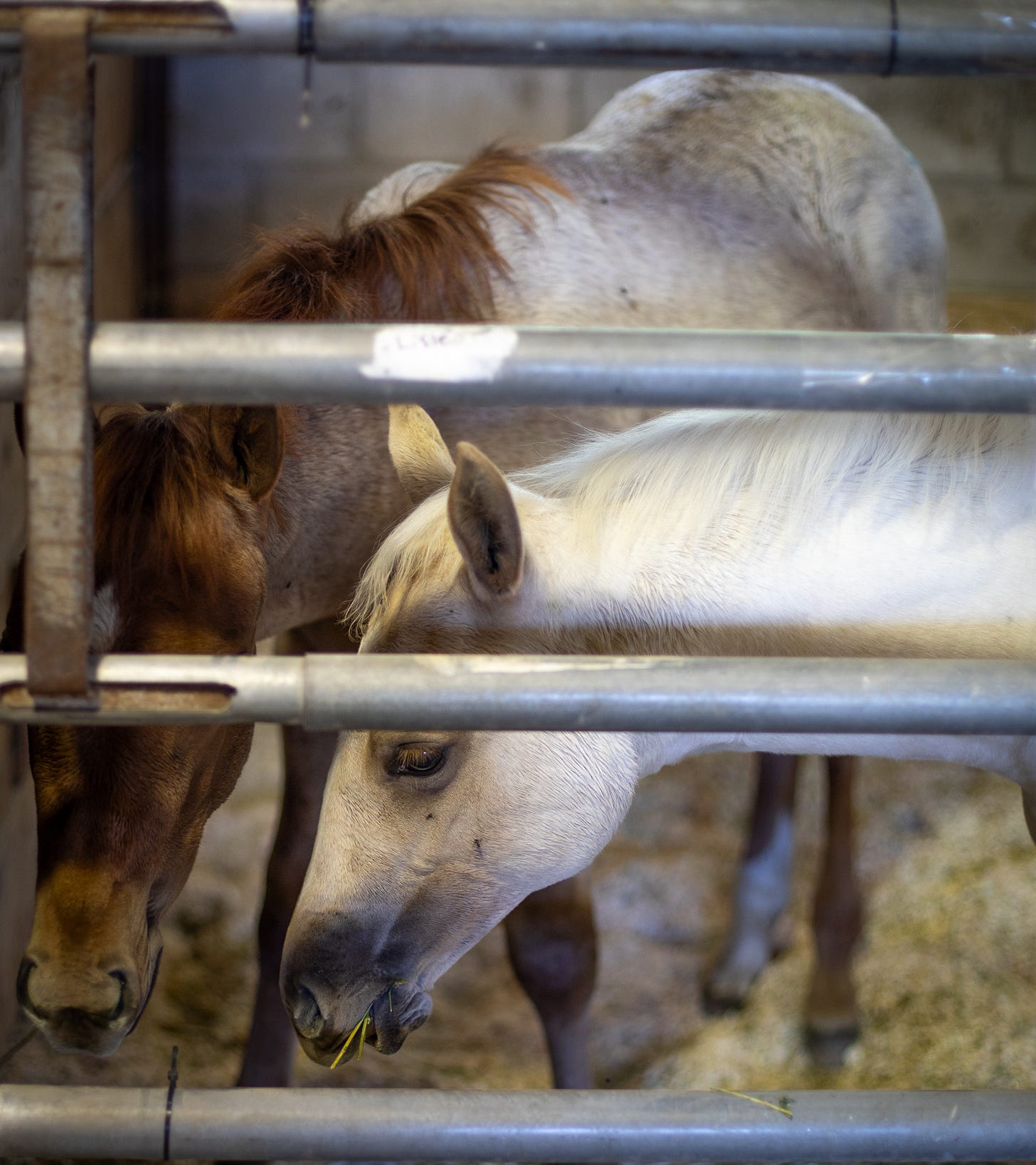
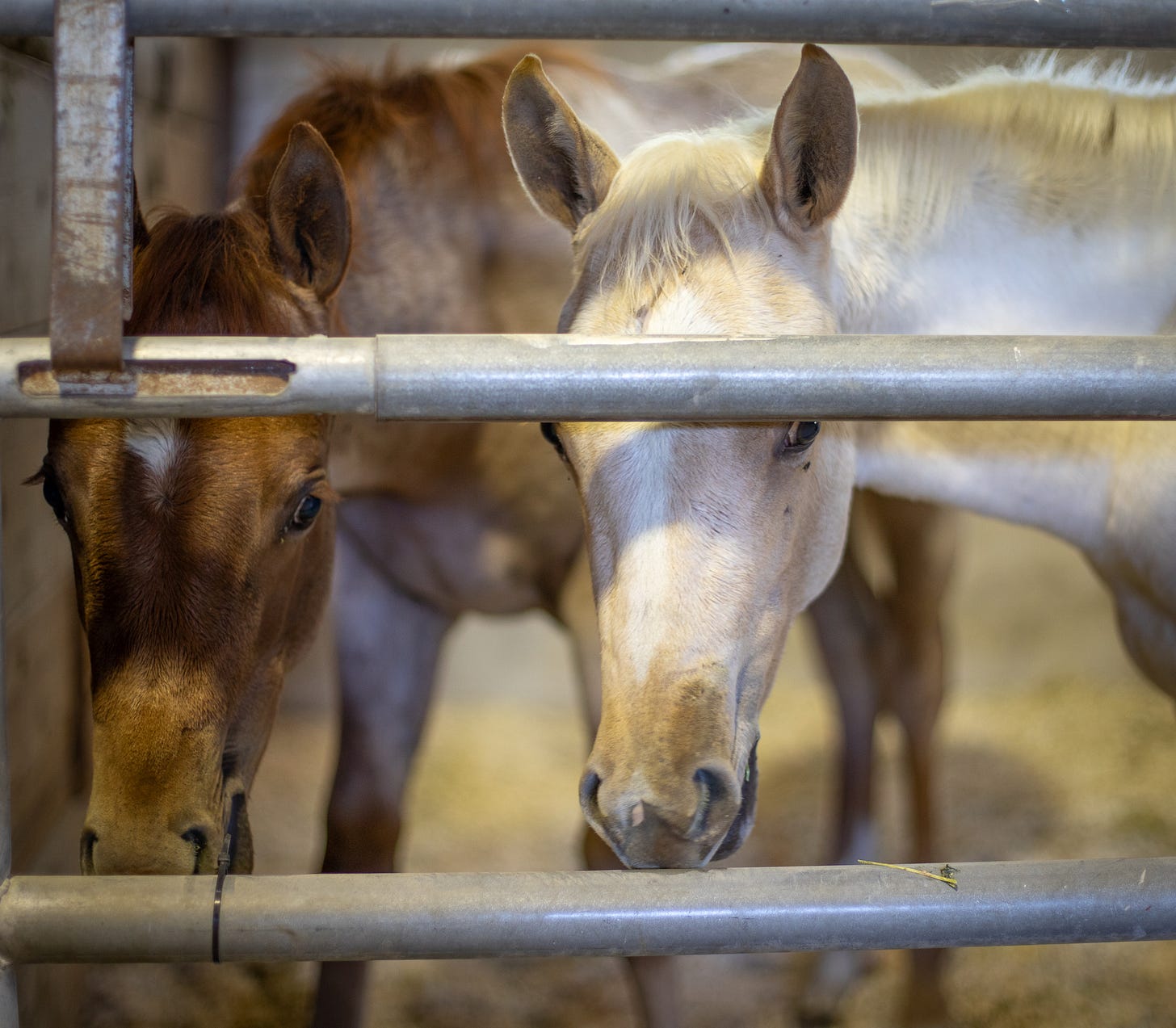
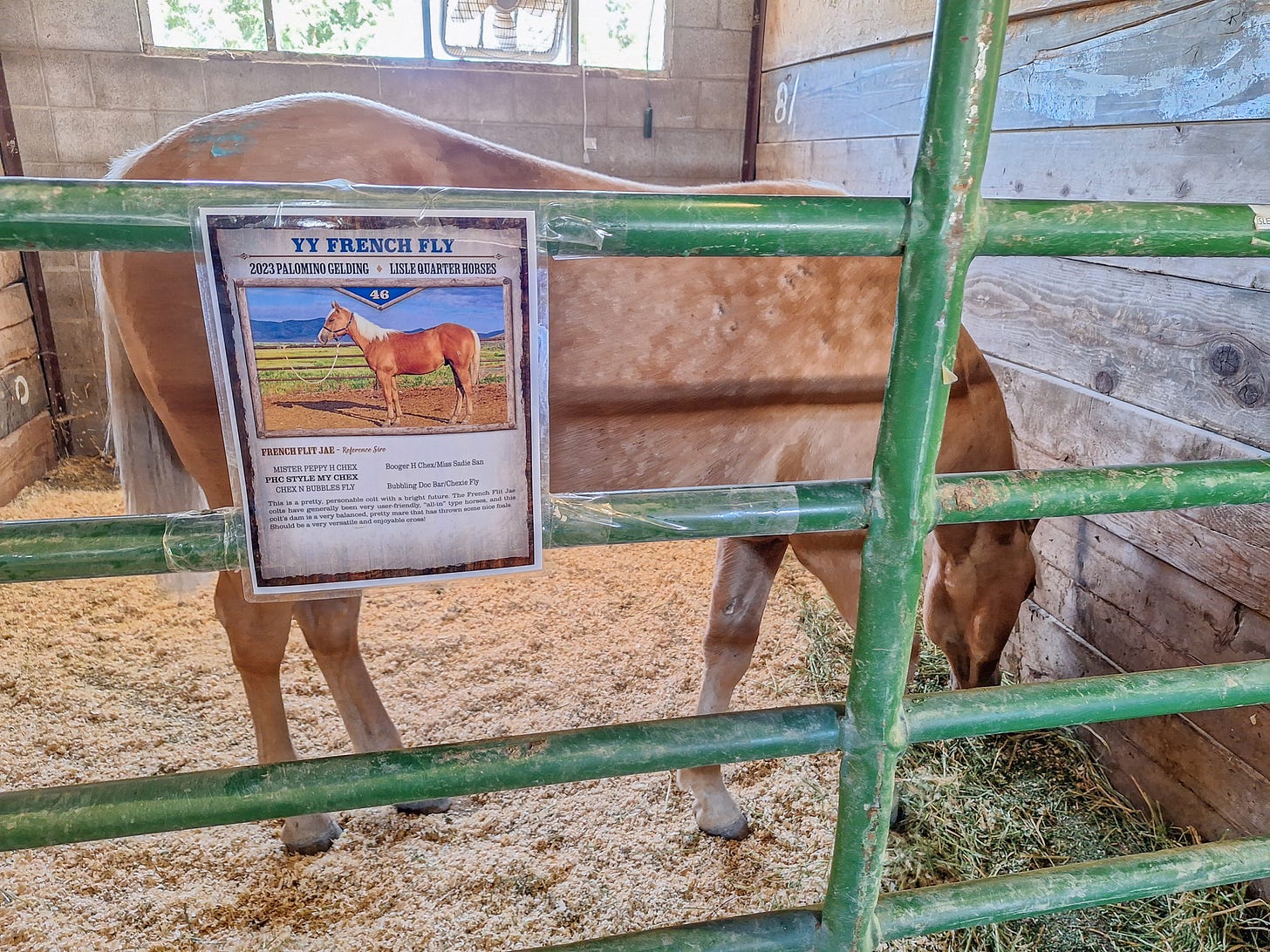
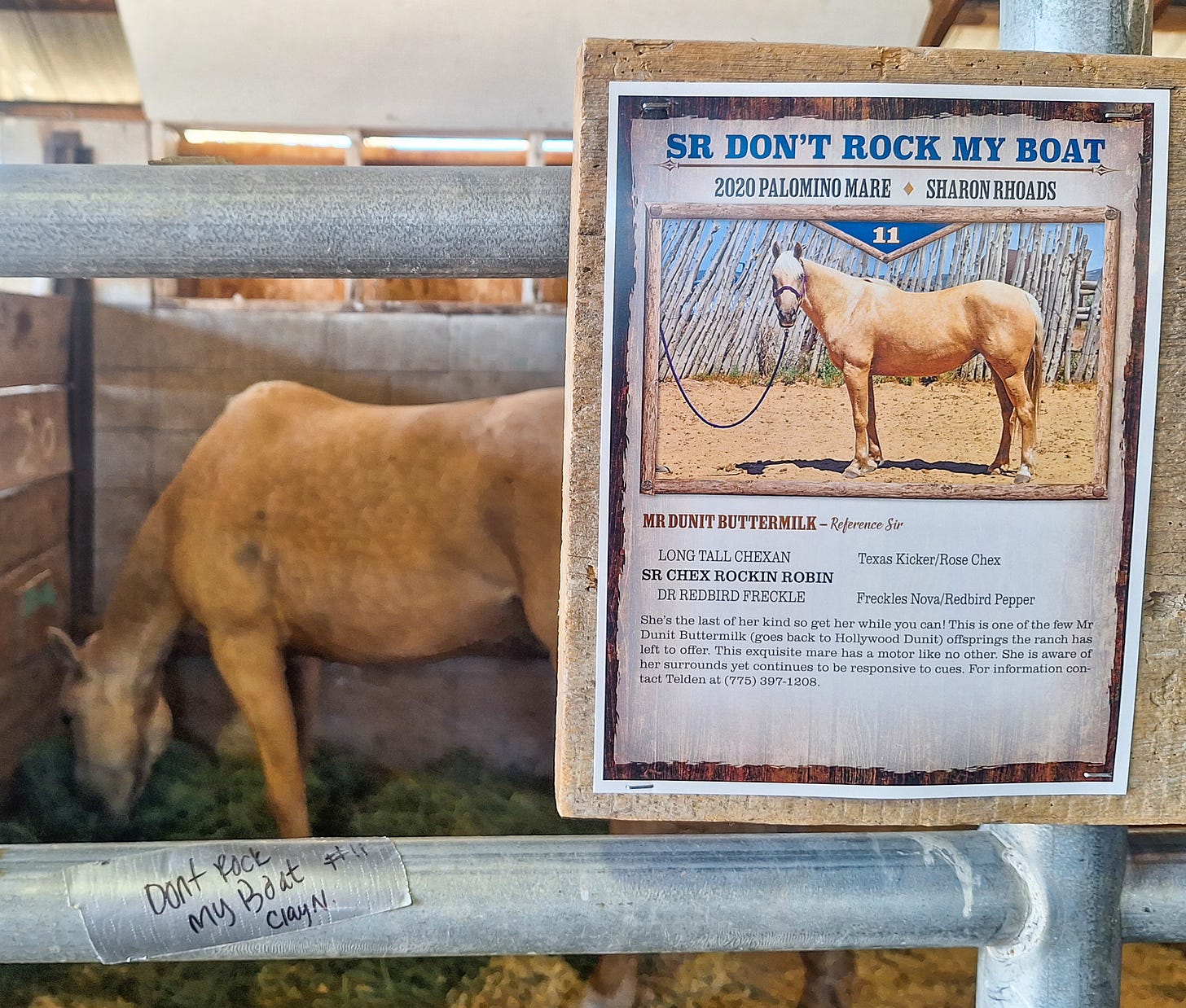
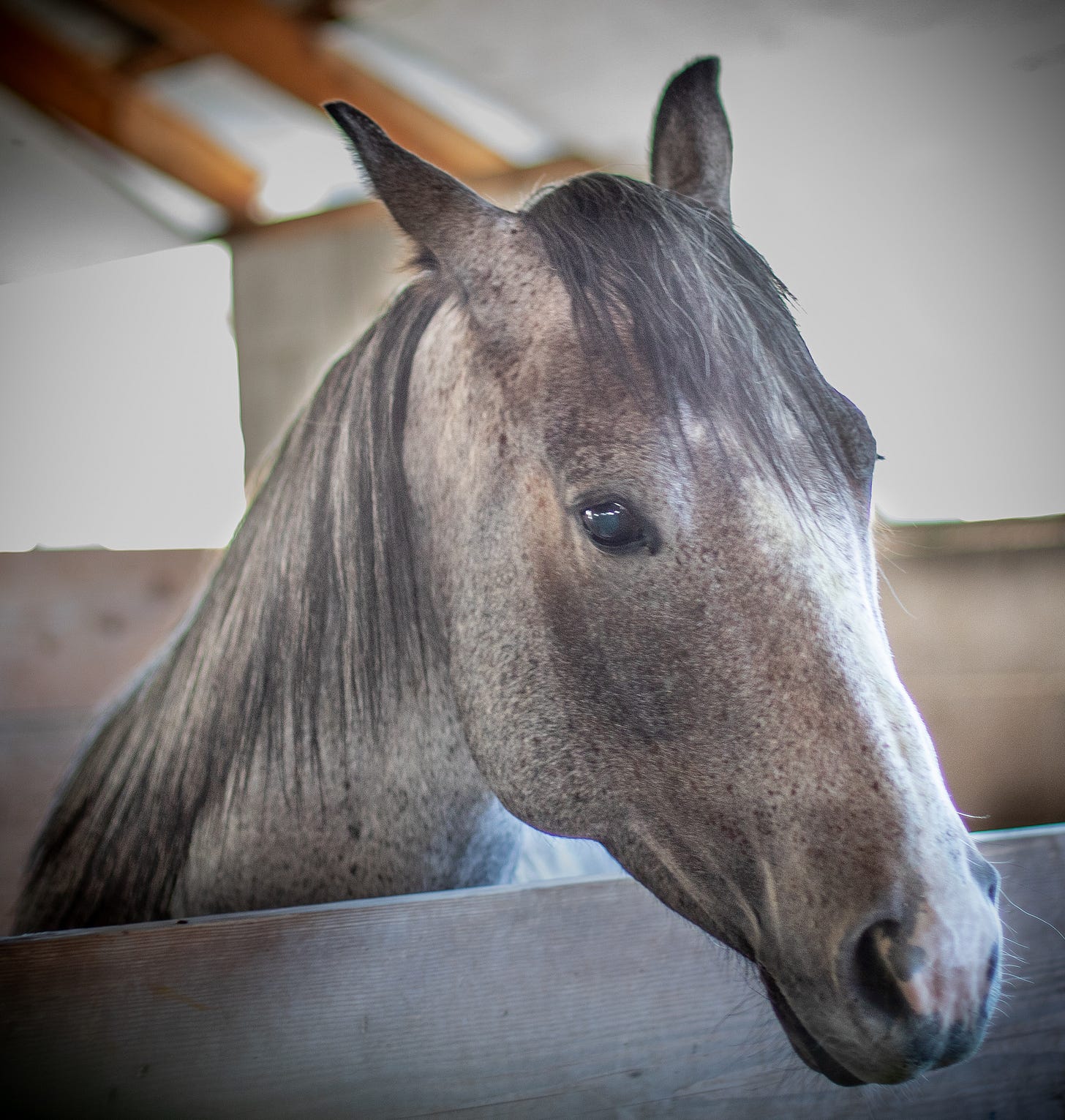
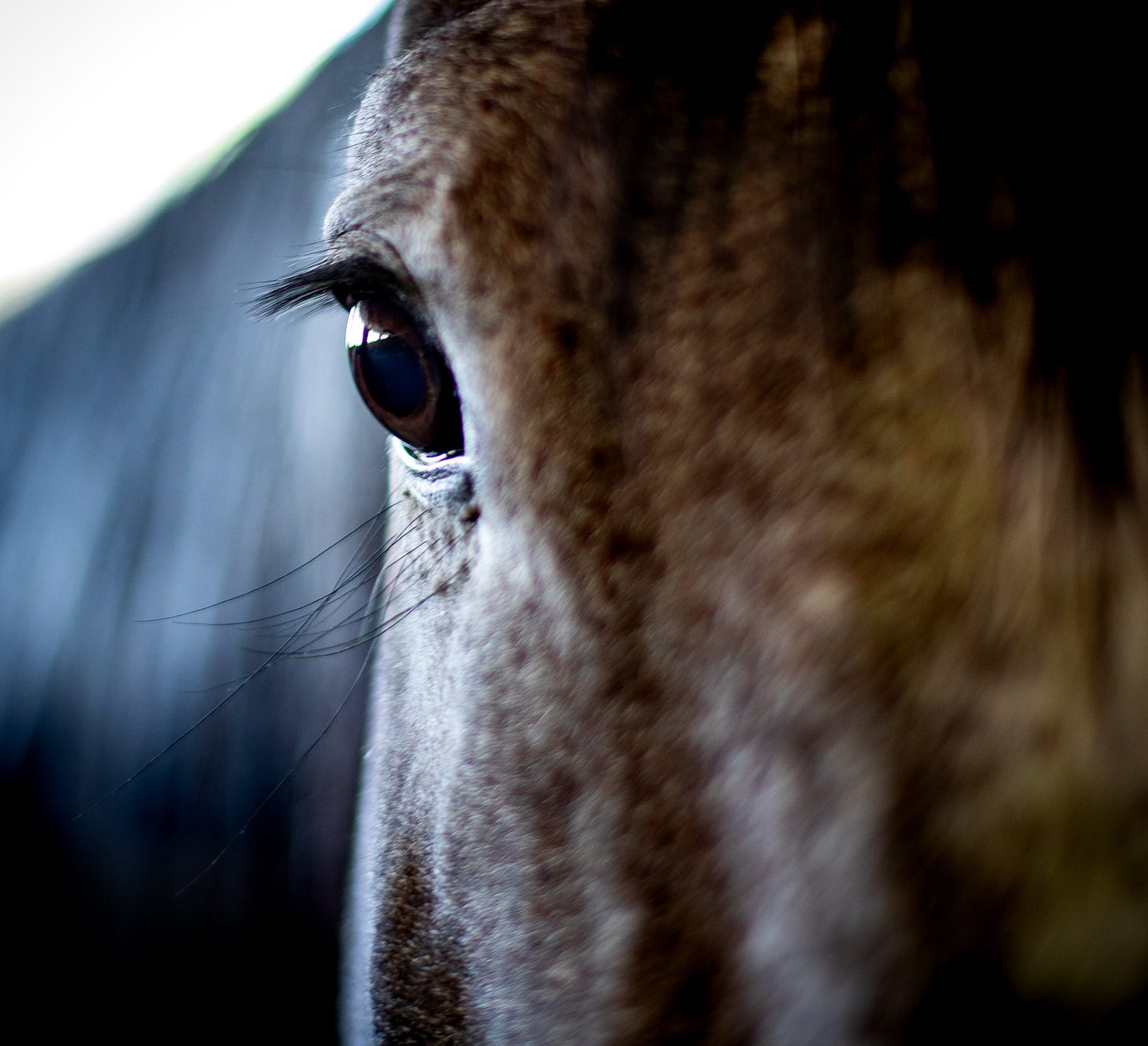
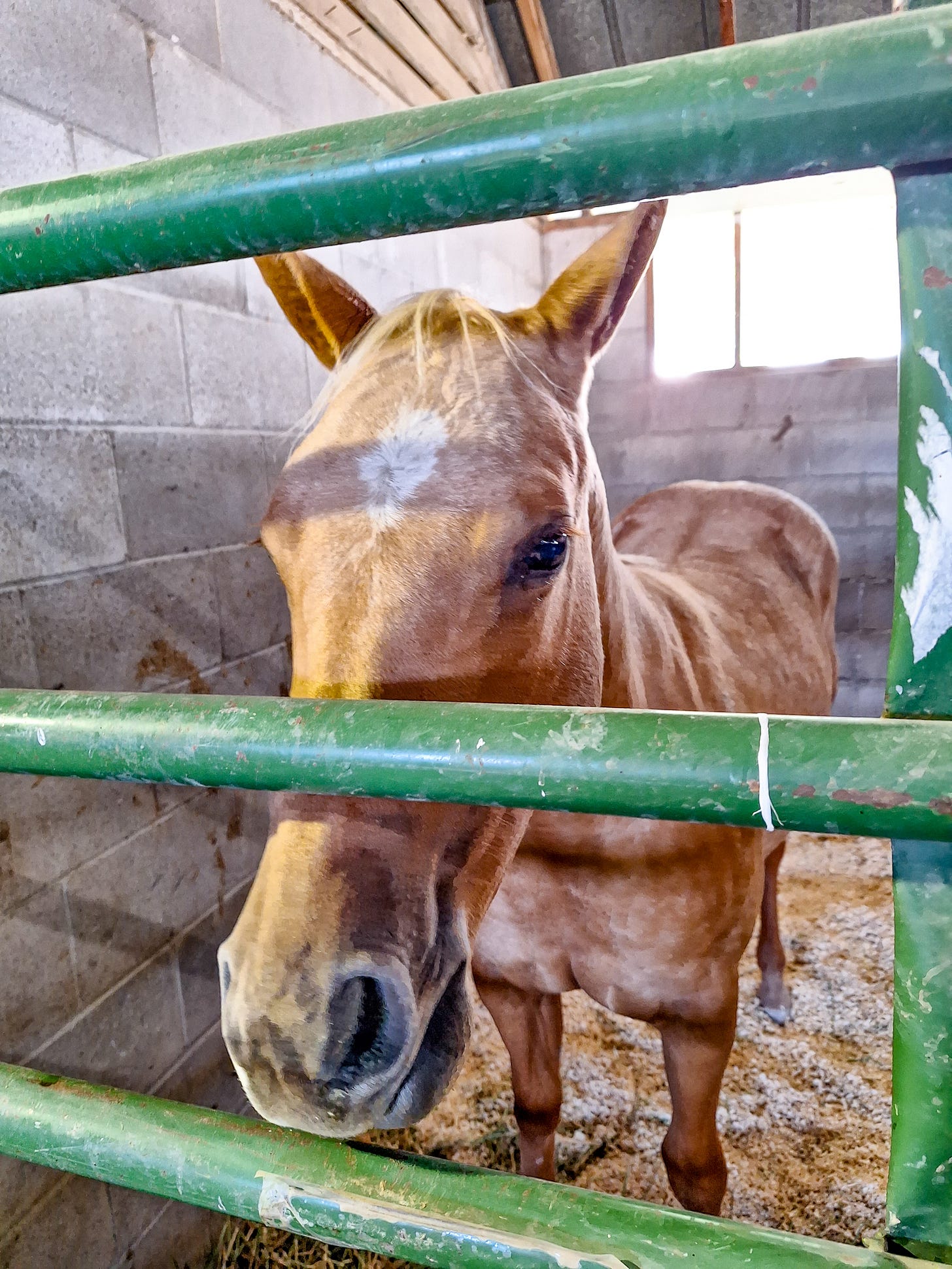
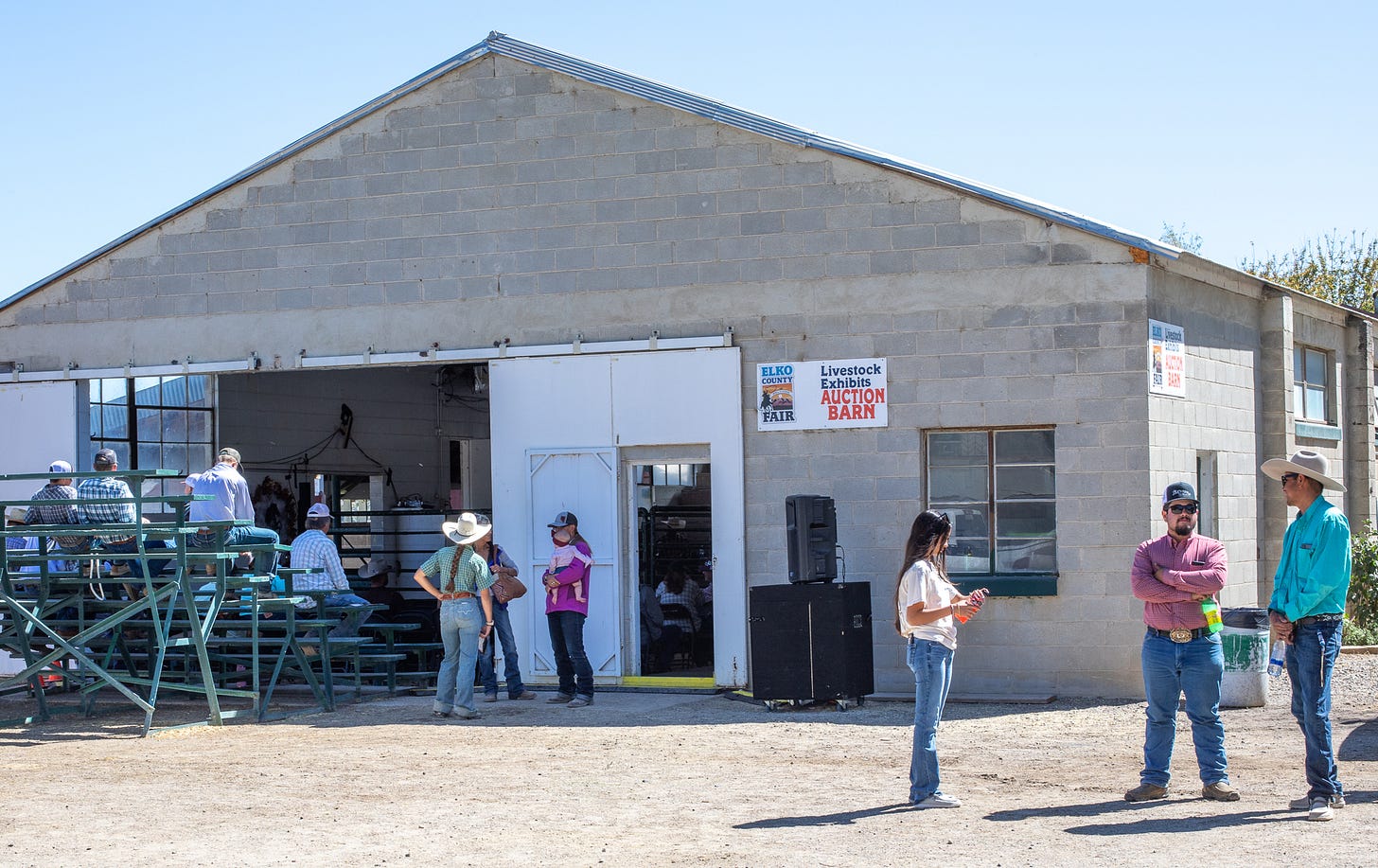
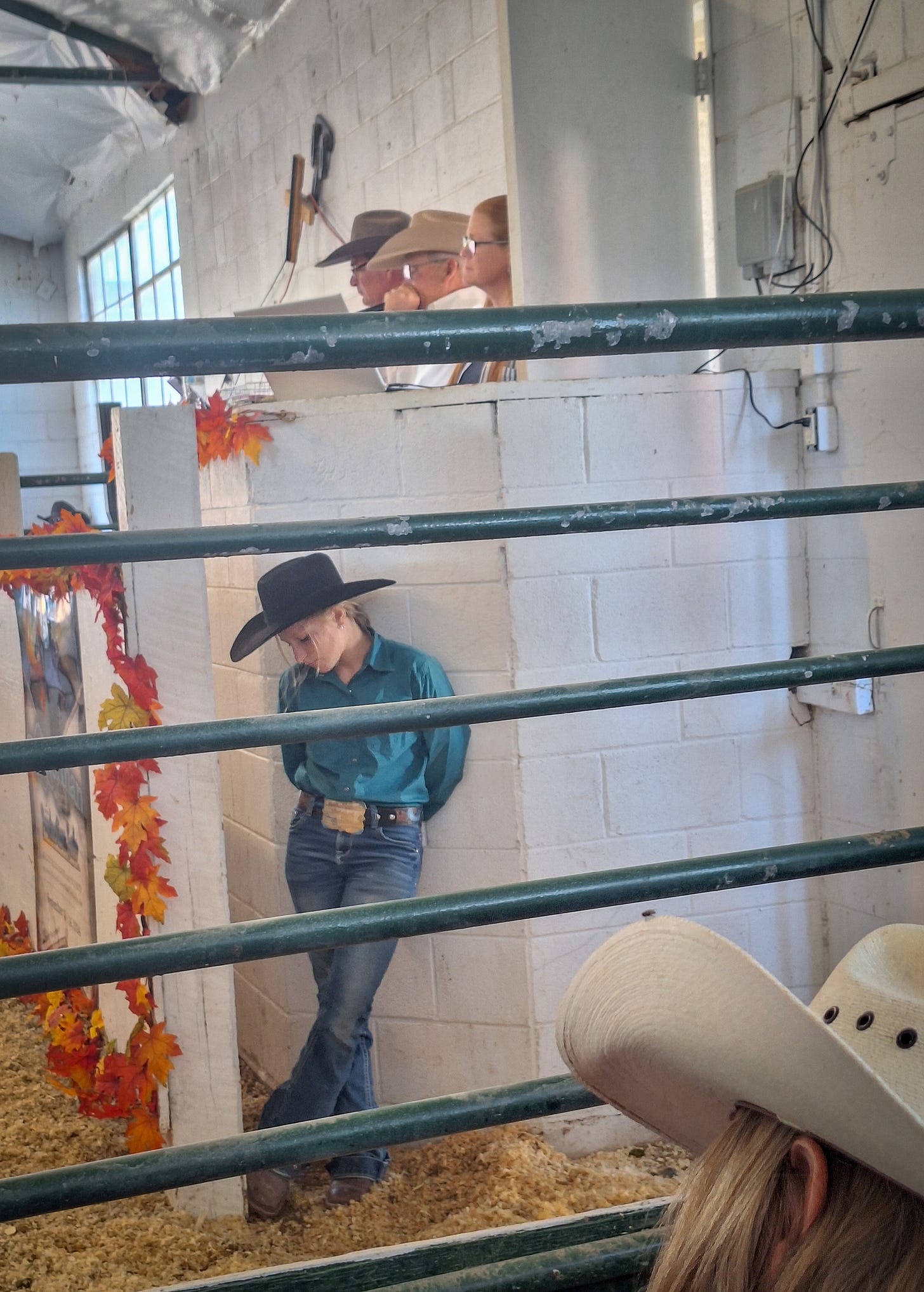
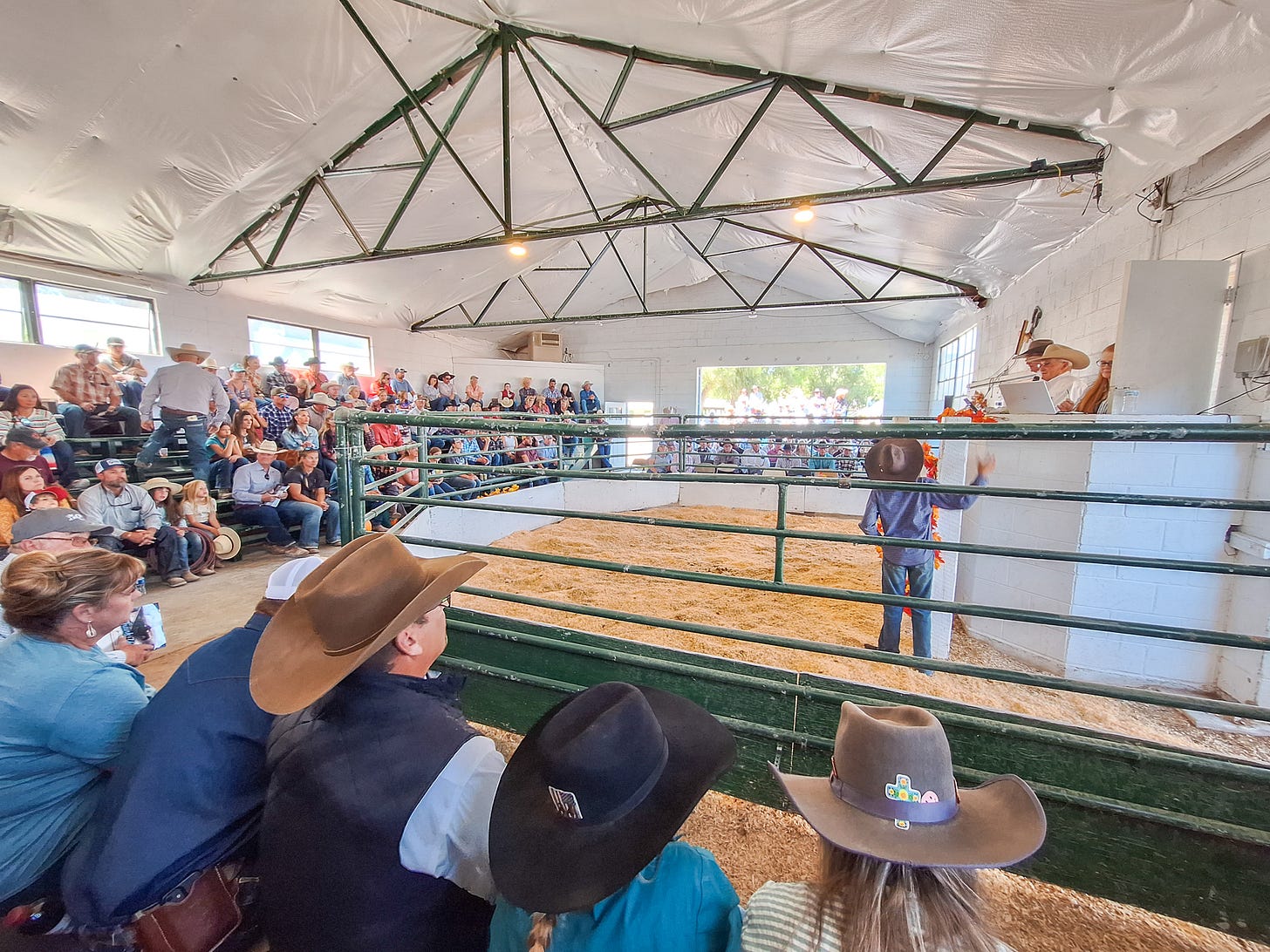

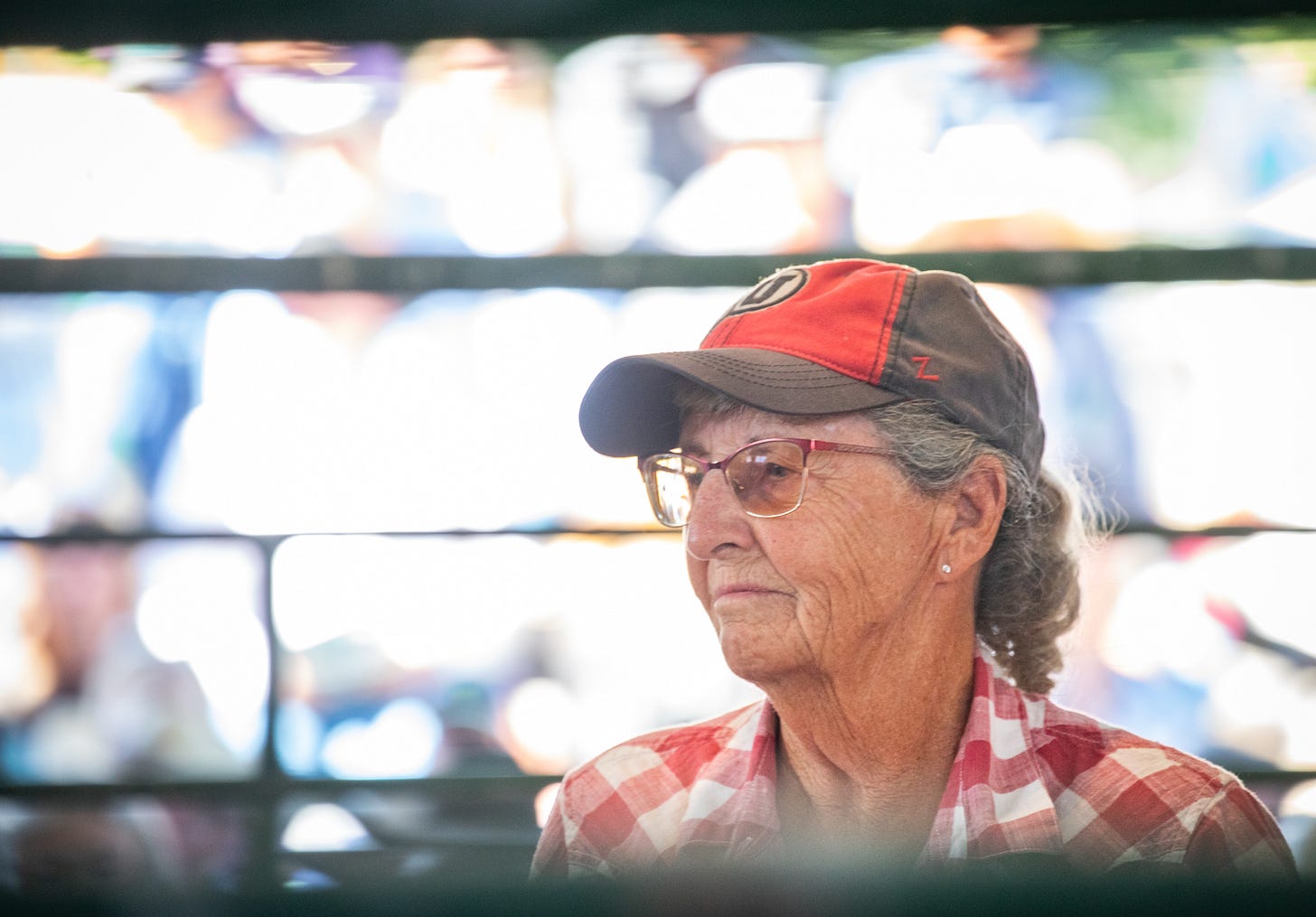
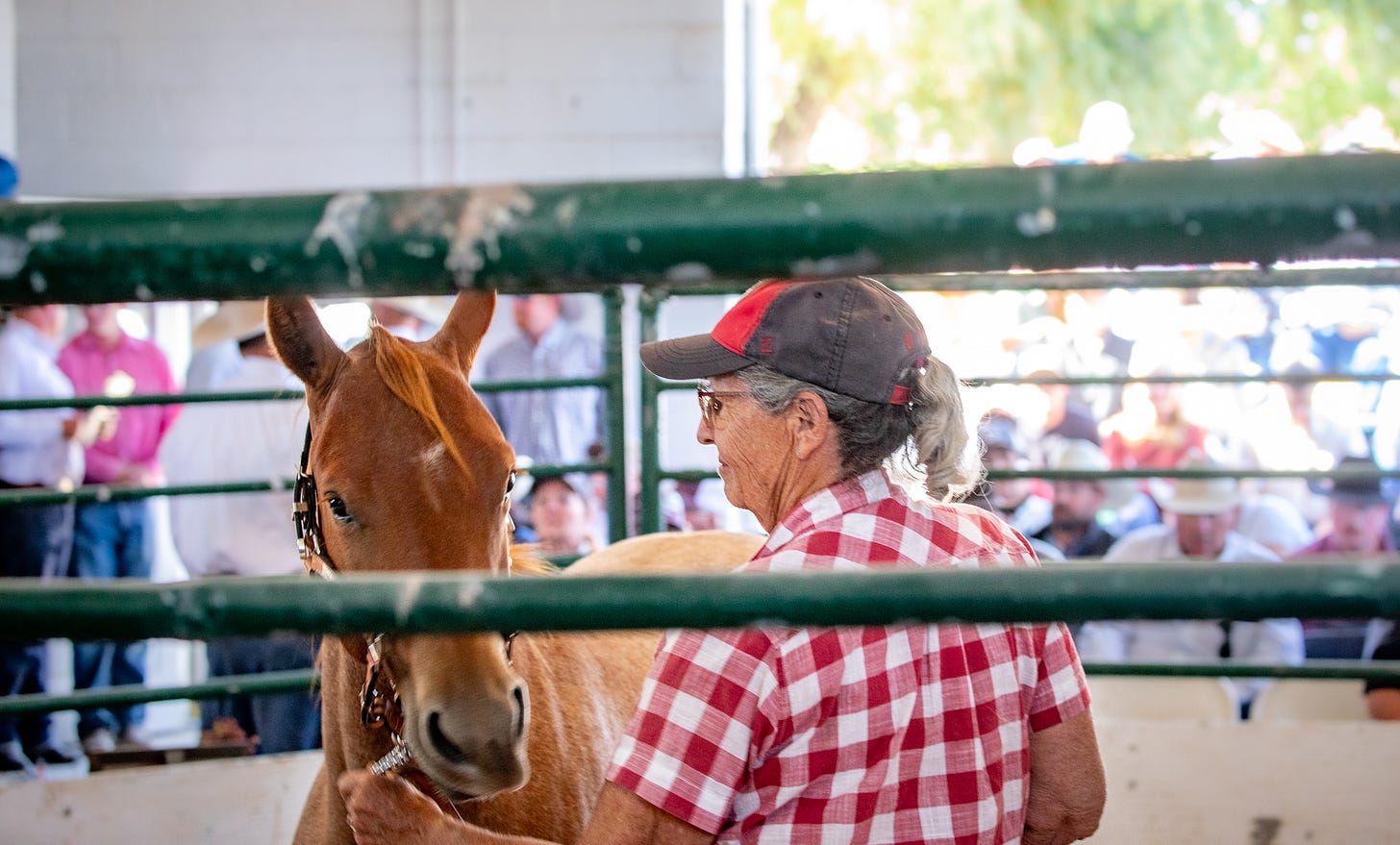
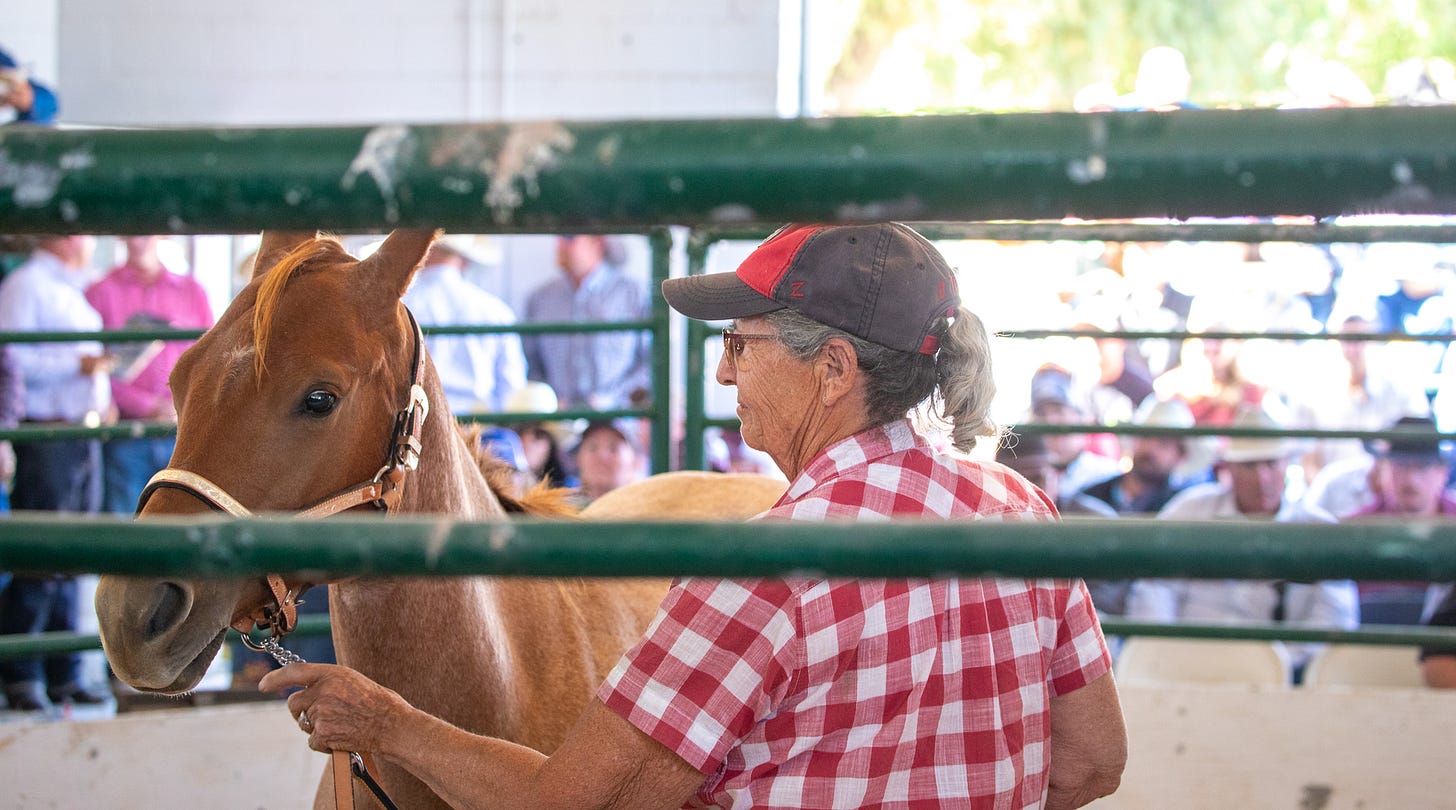
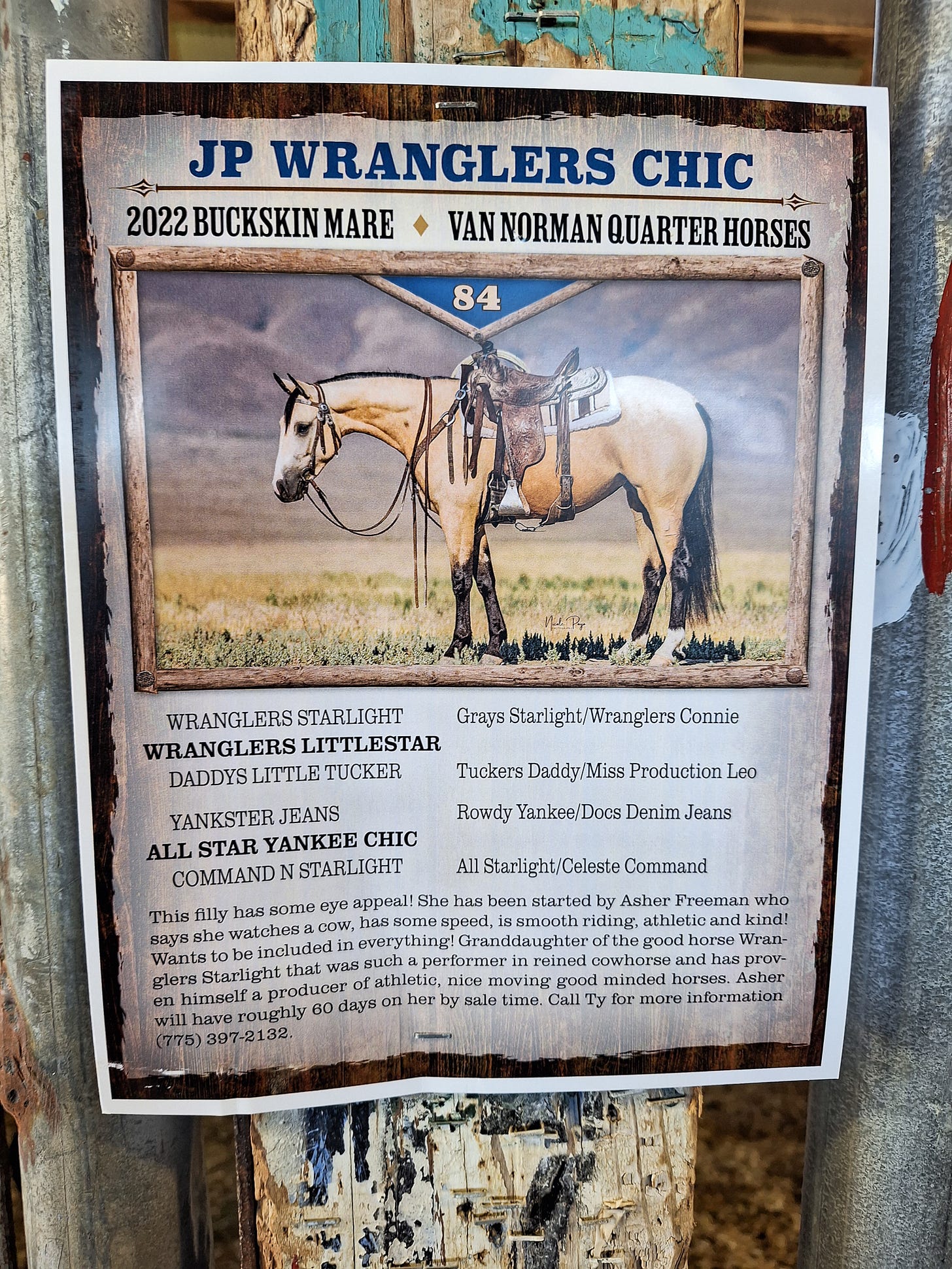
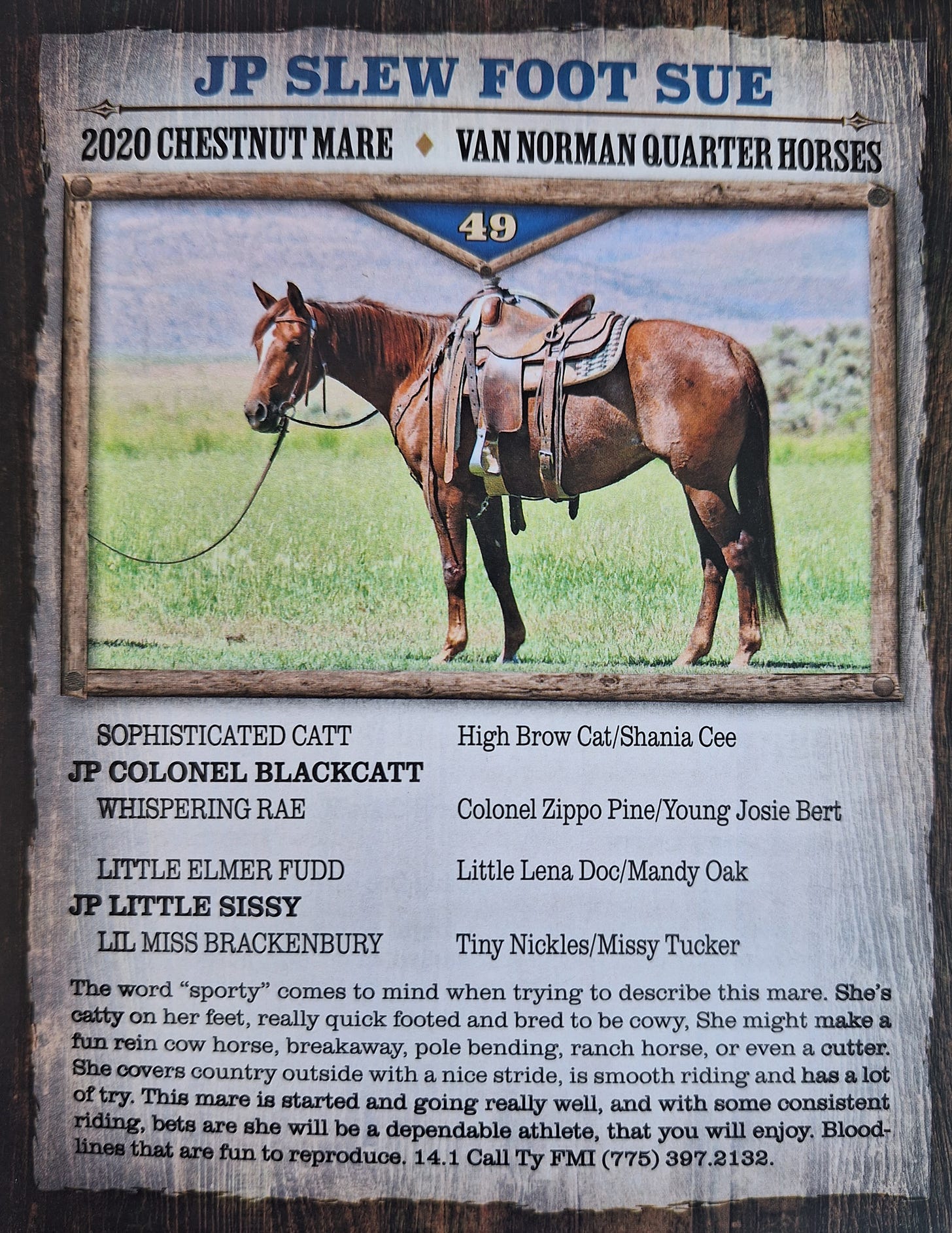

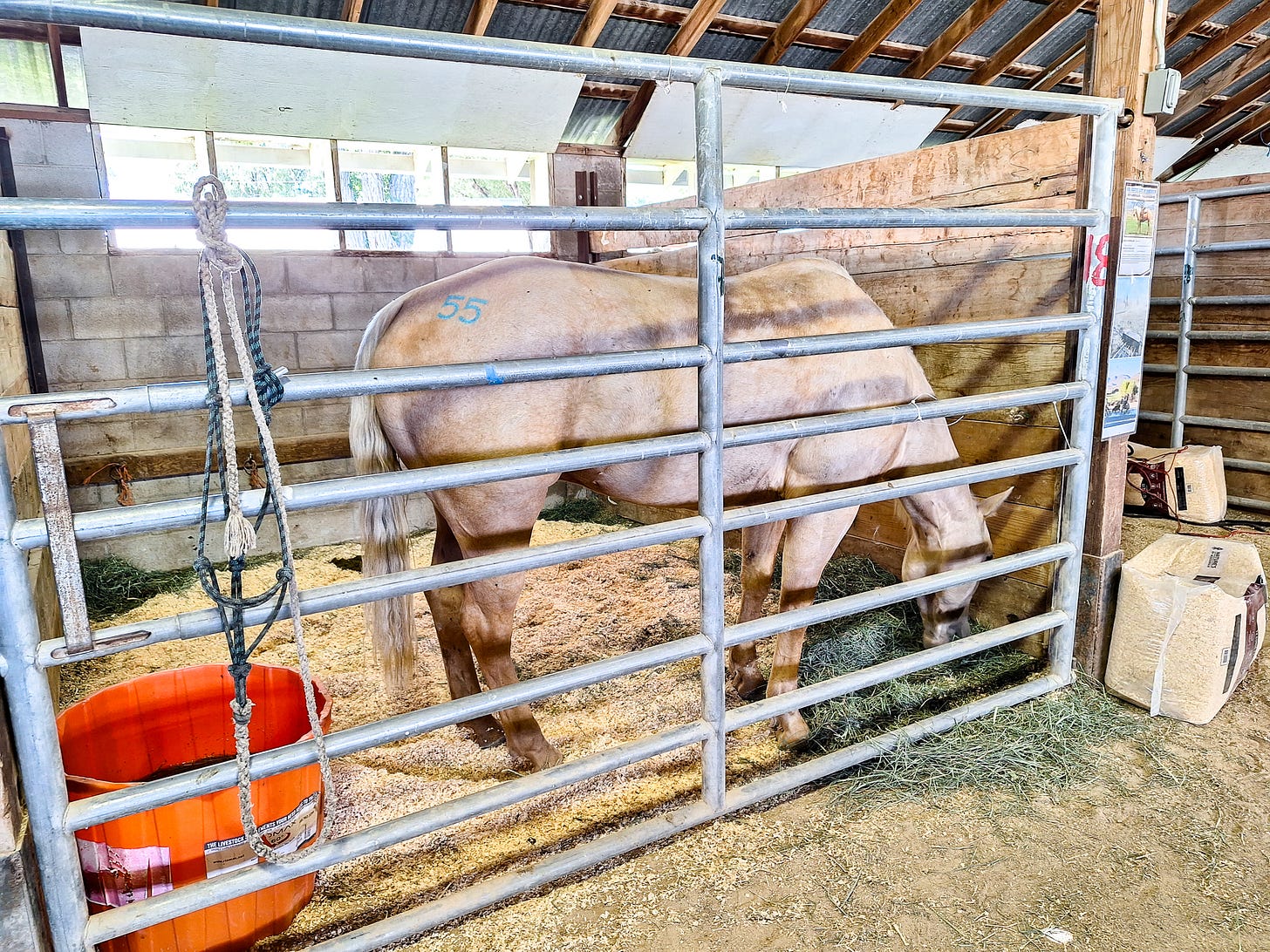
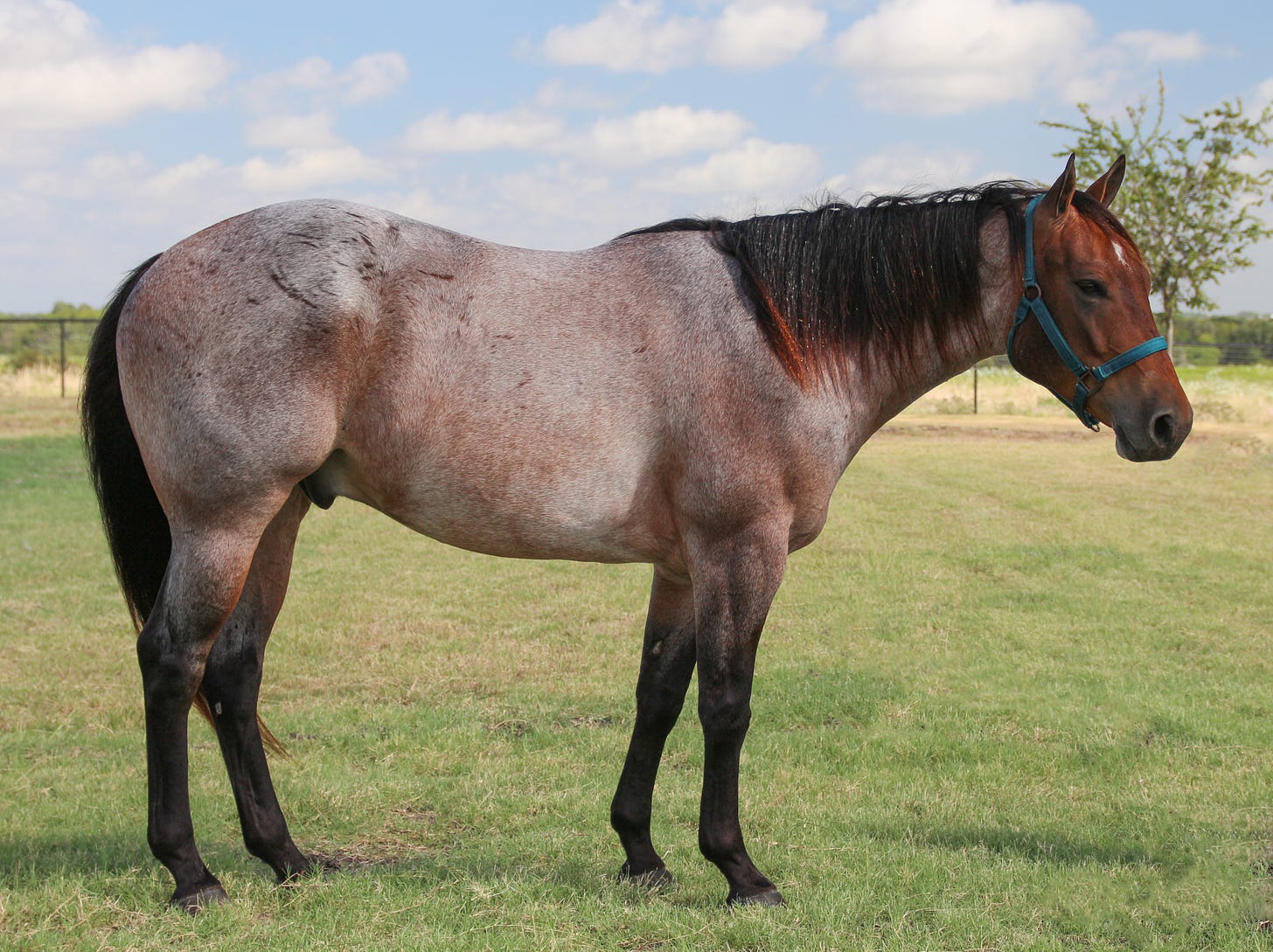
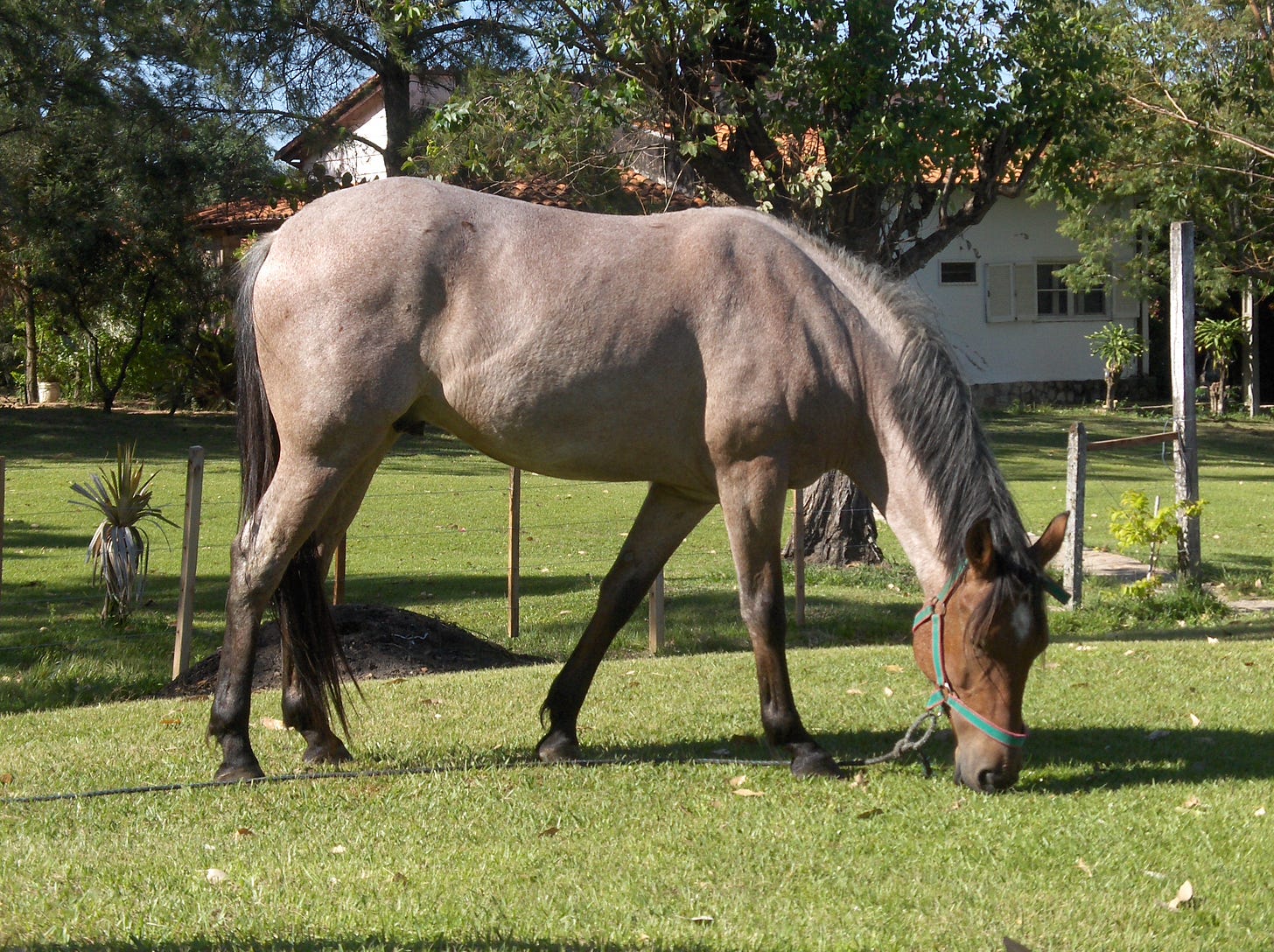
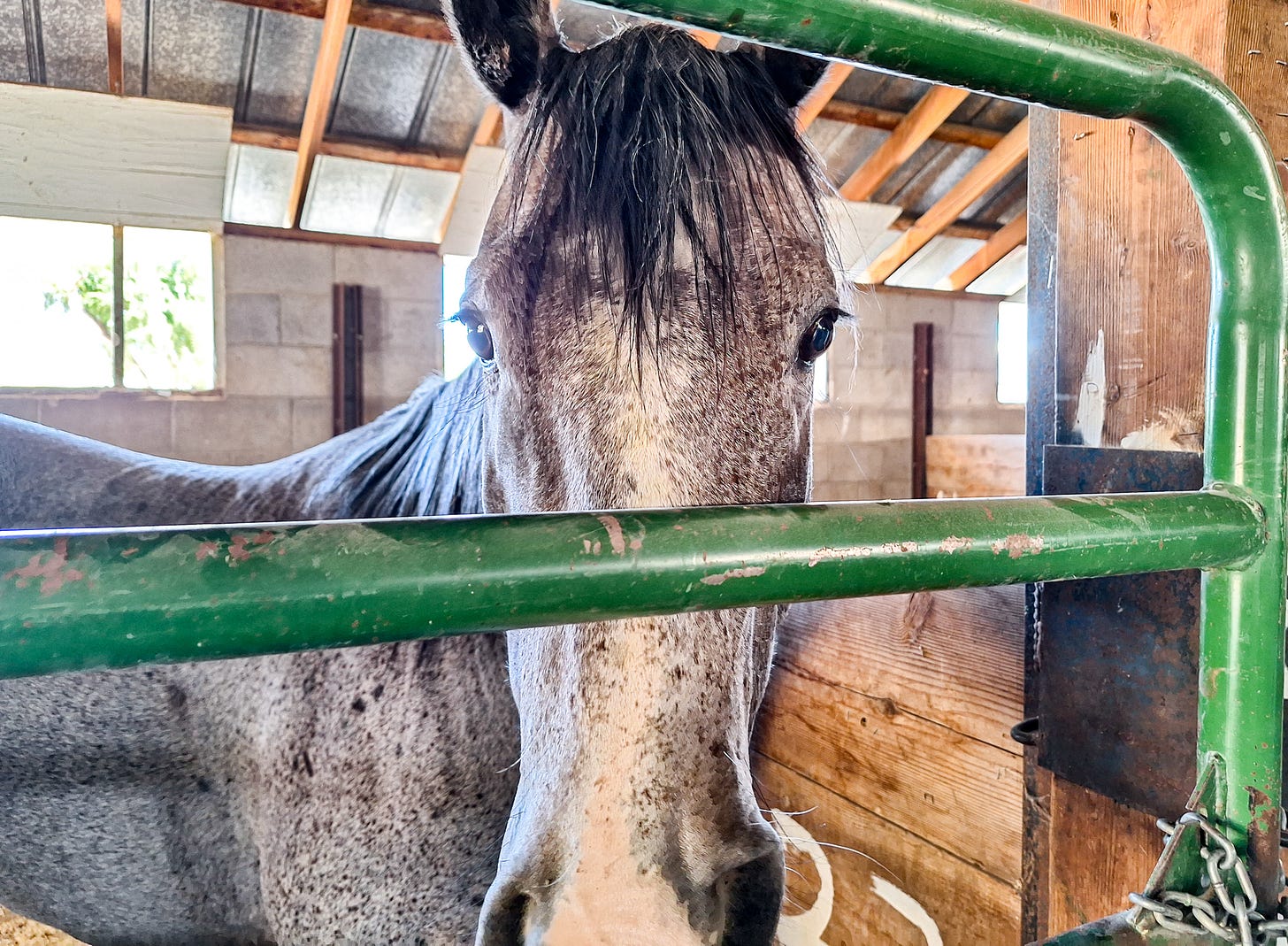

Wow, this is fascinating! What an exciting event to attend. Thank you for taking the time to give a glossary of terms. I know just a bit about horses second-hand from my daughter. She’s been around horses since she was a child and has learned so much as a farrier. (Spell check doesn’t like that word; didn’t I get it right?) The pictures are beautiful as well; can’t go wrong with horses.
Loved this little peek into the vast equine world! 🤗